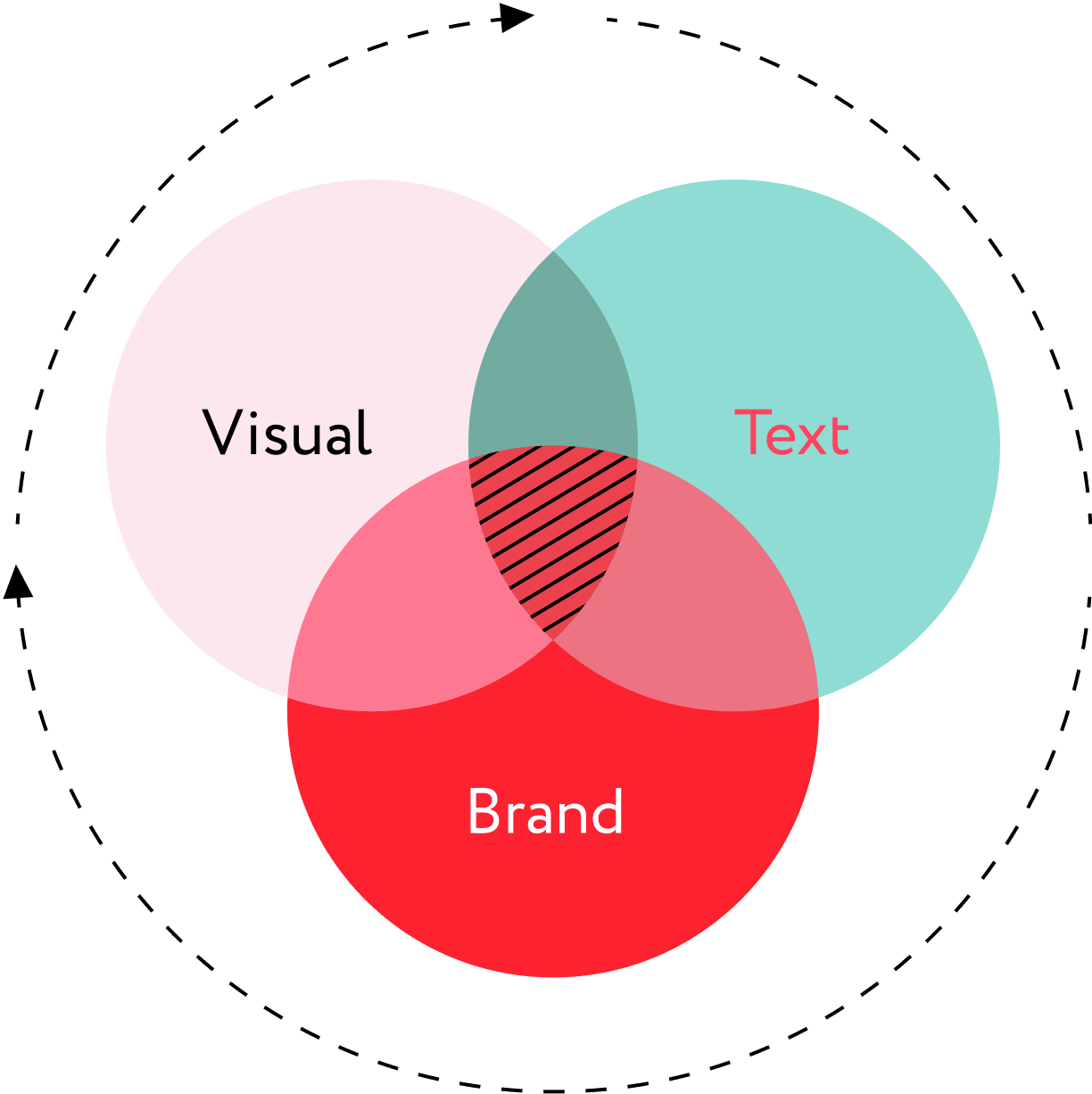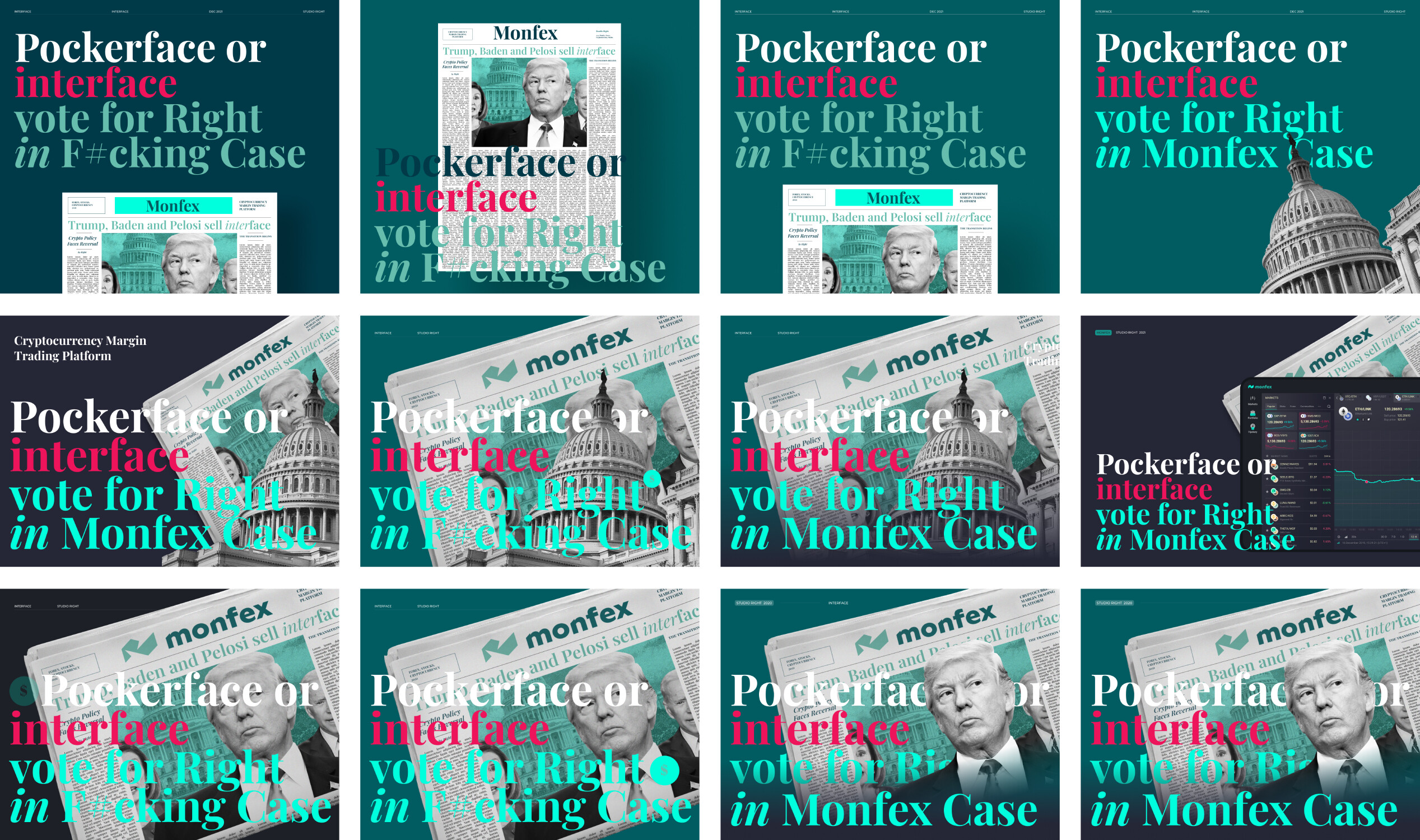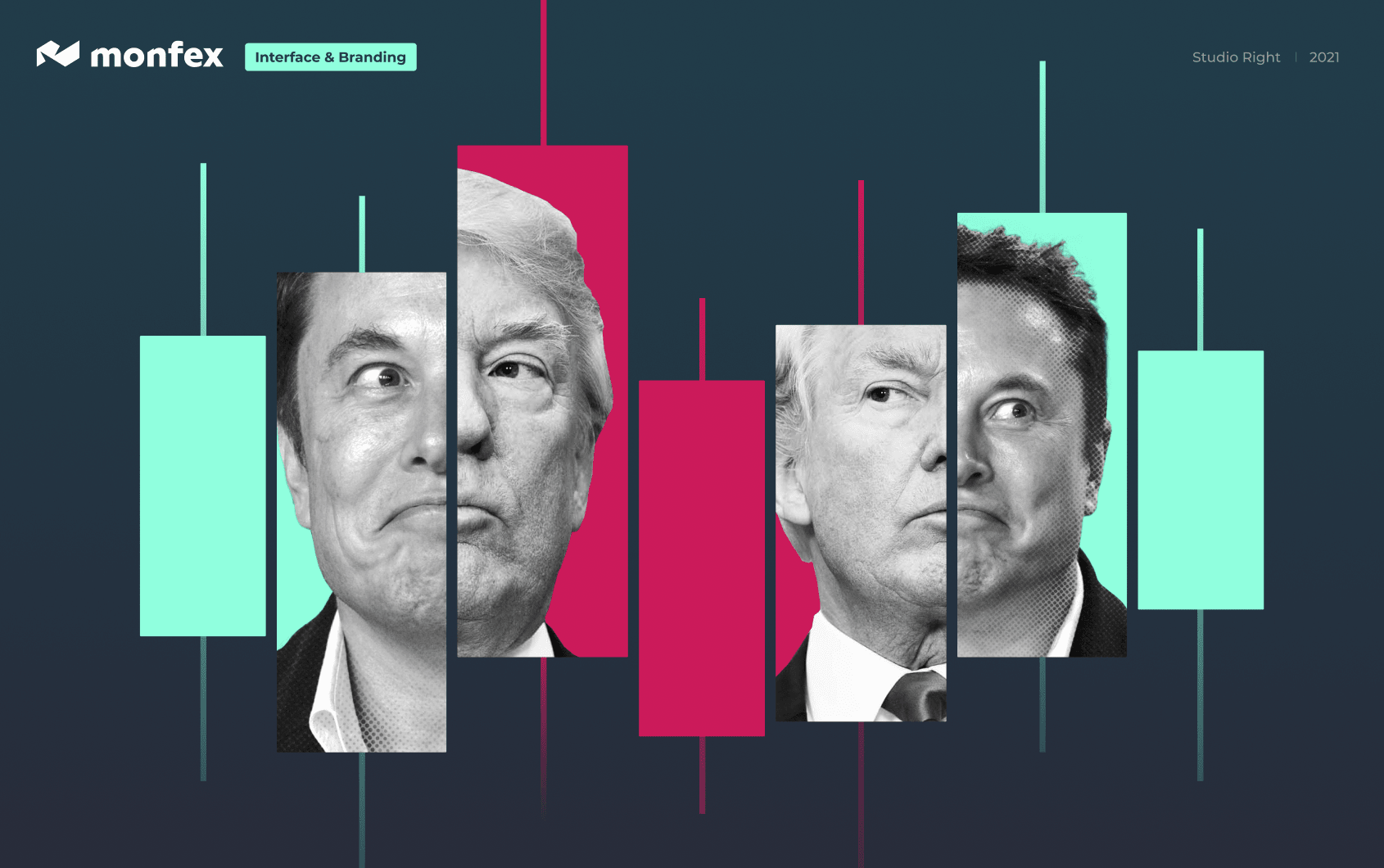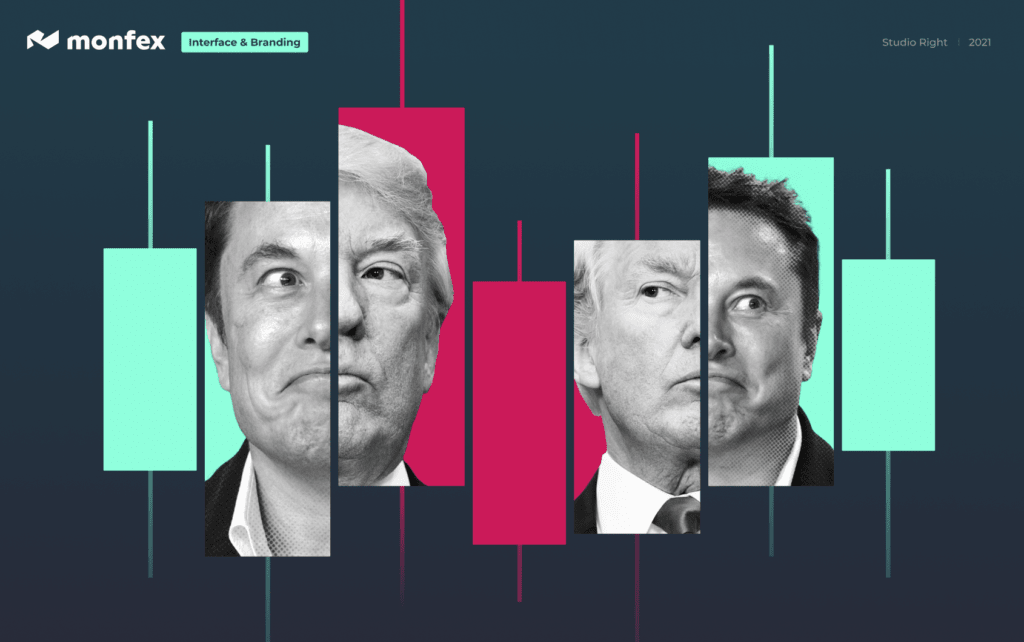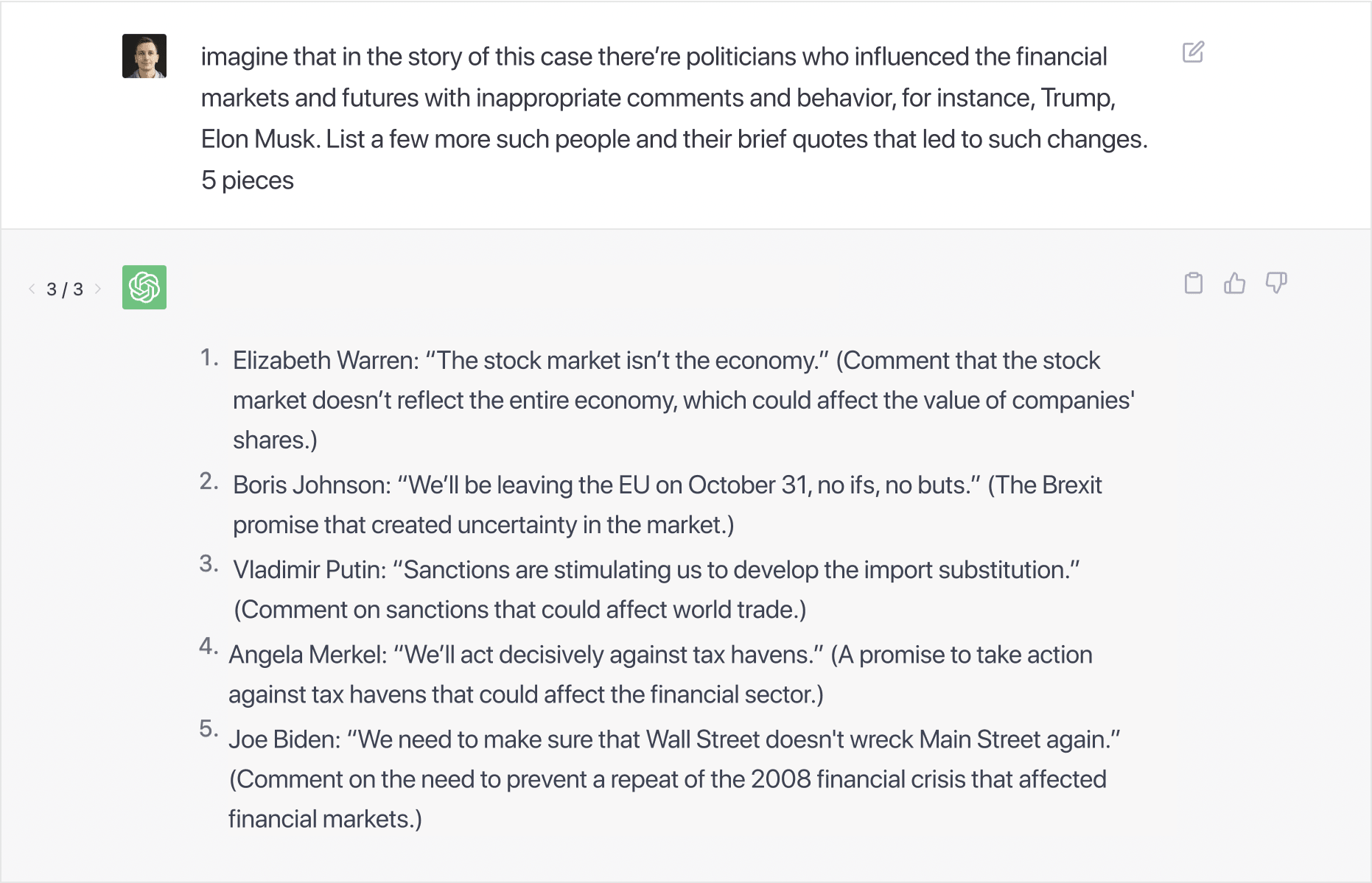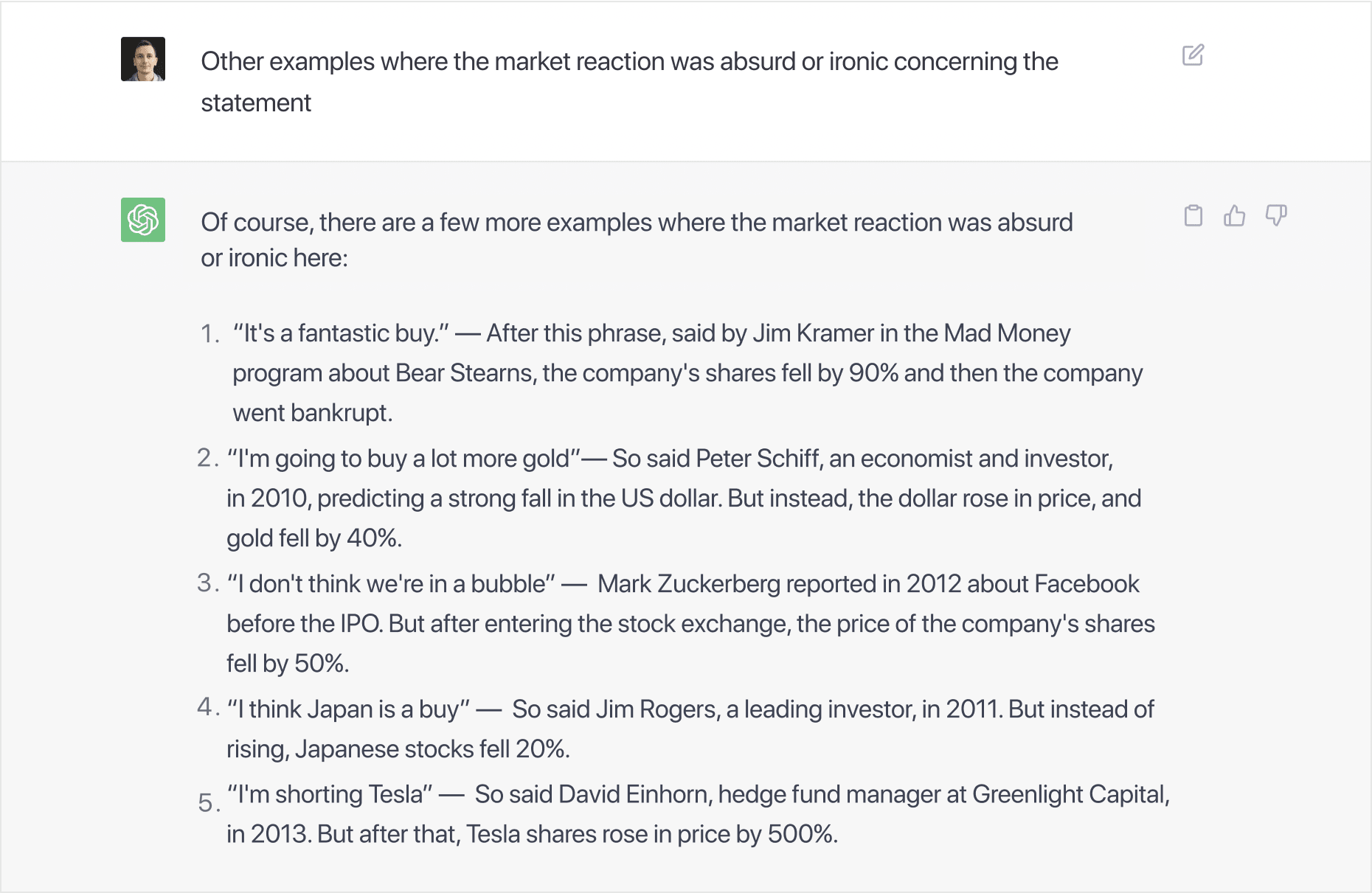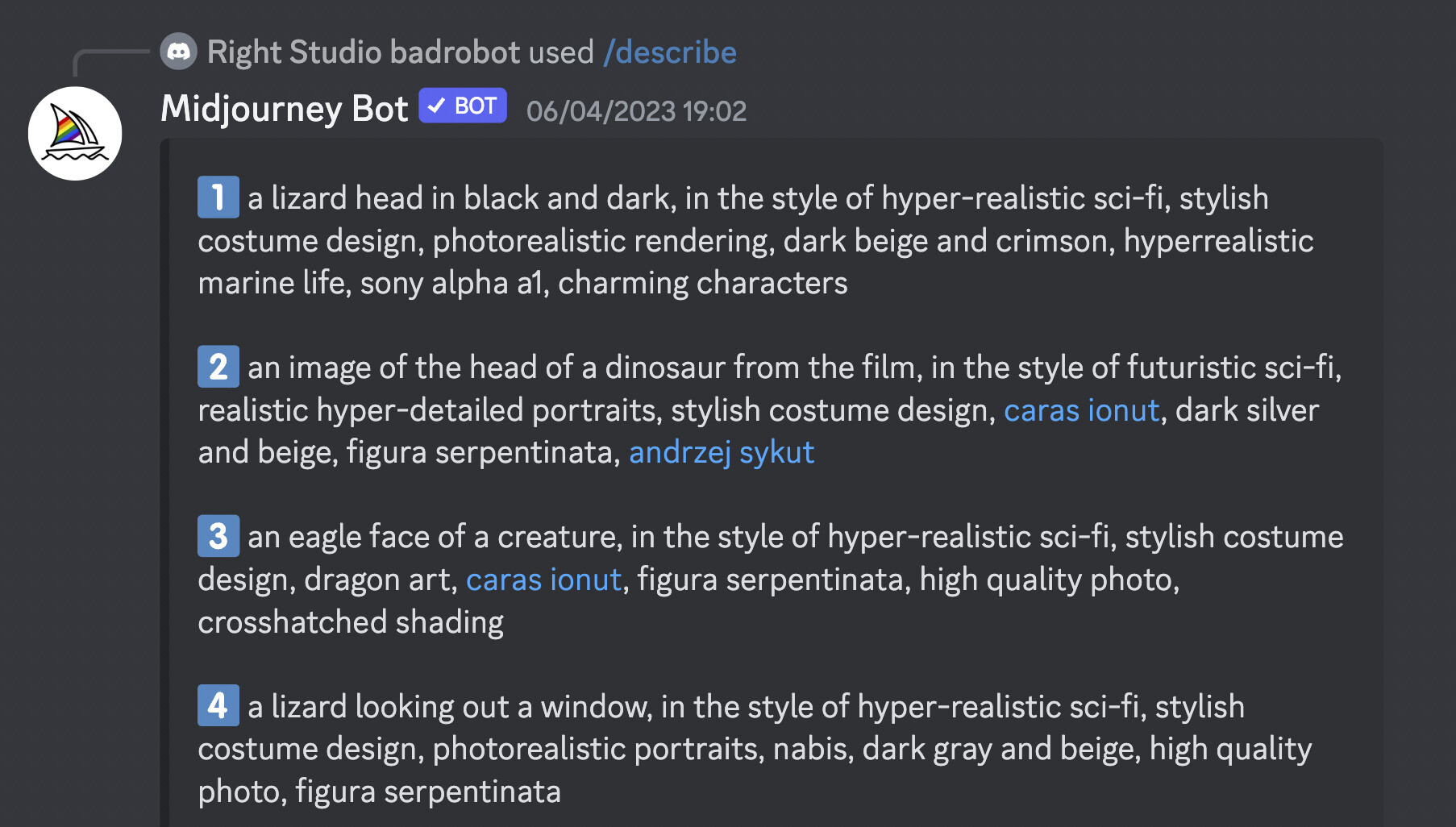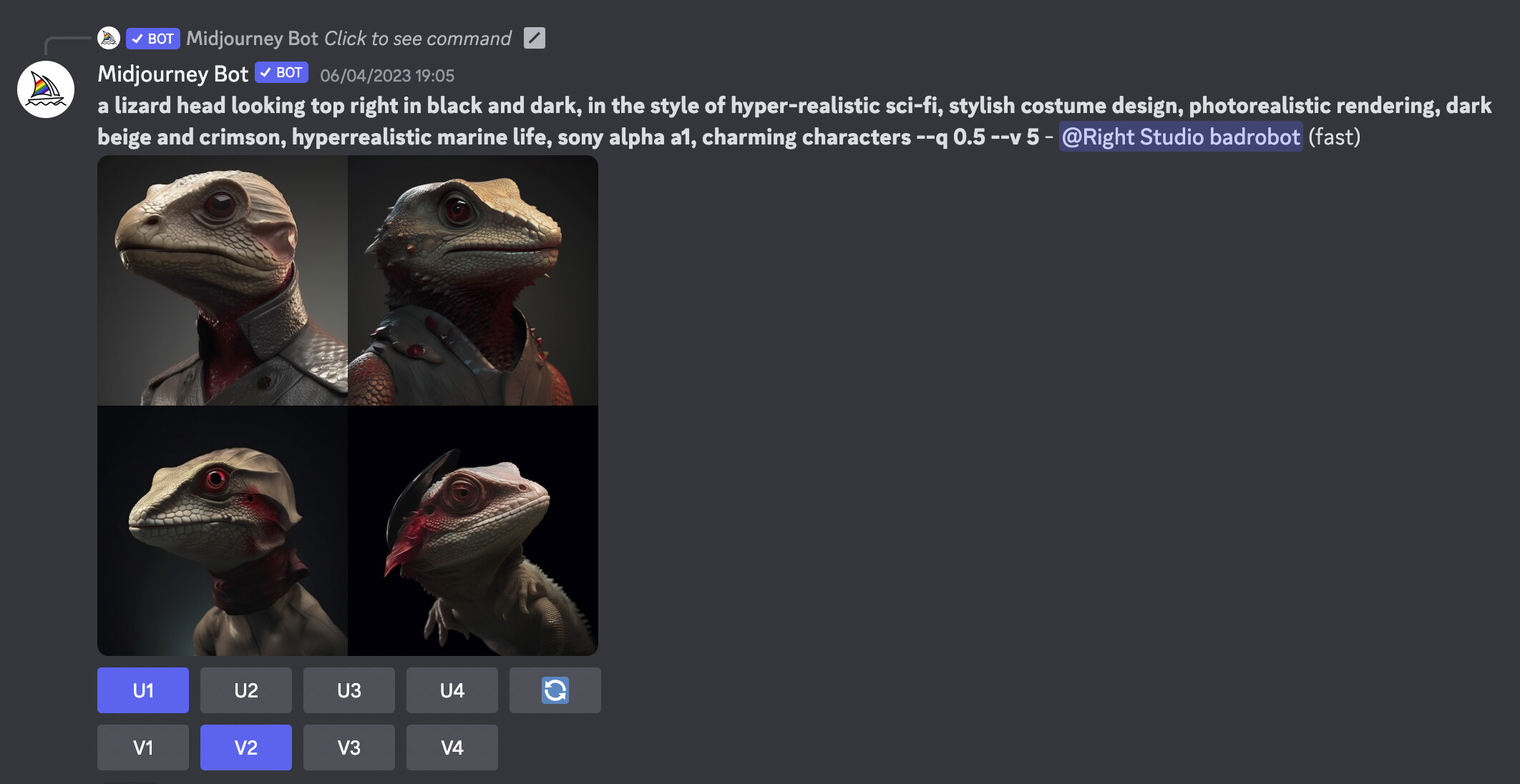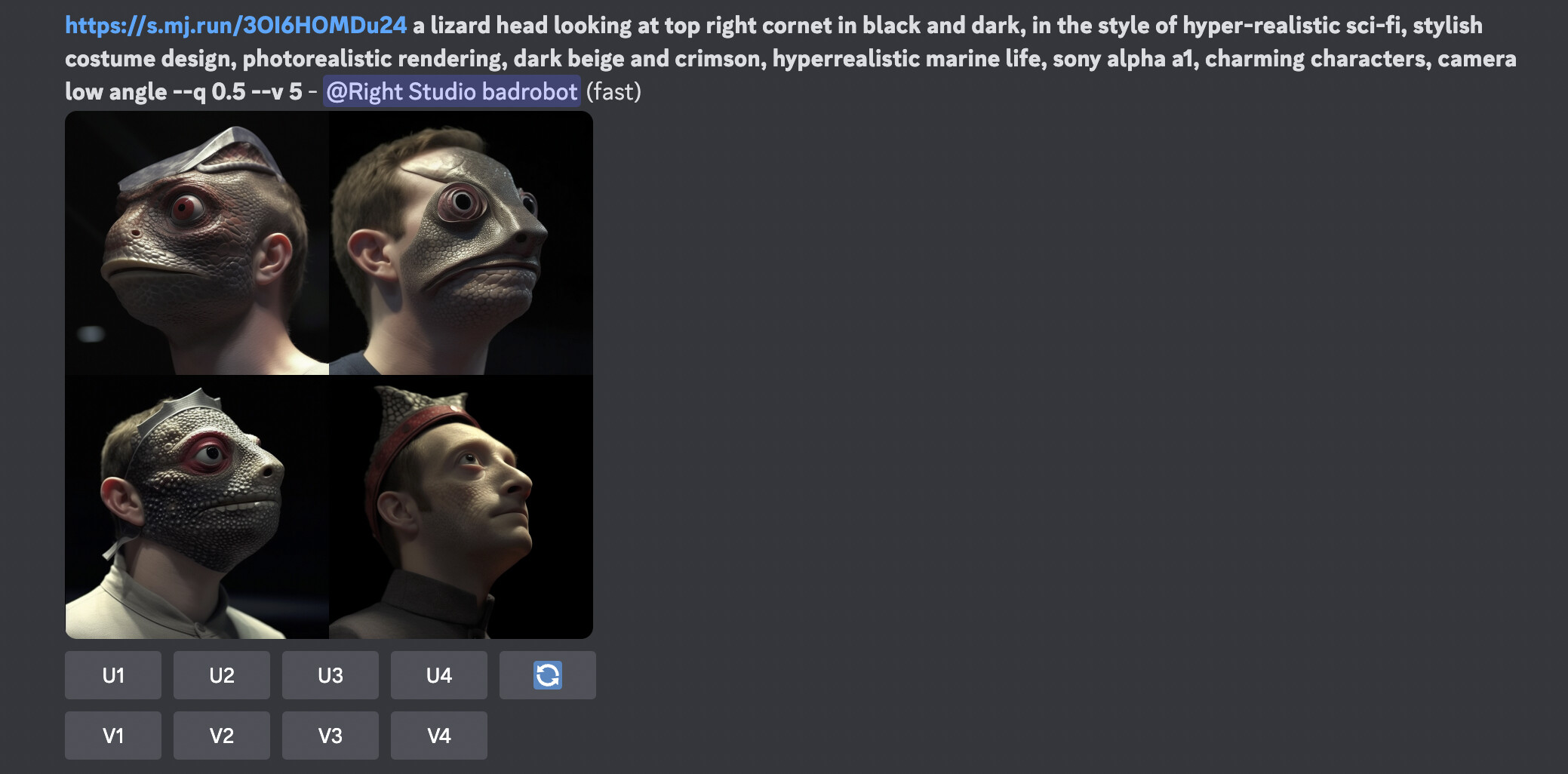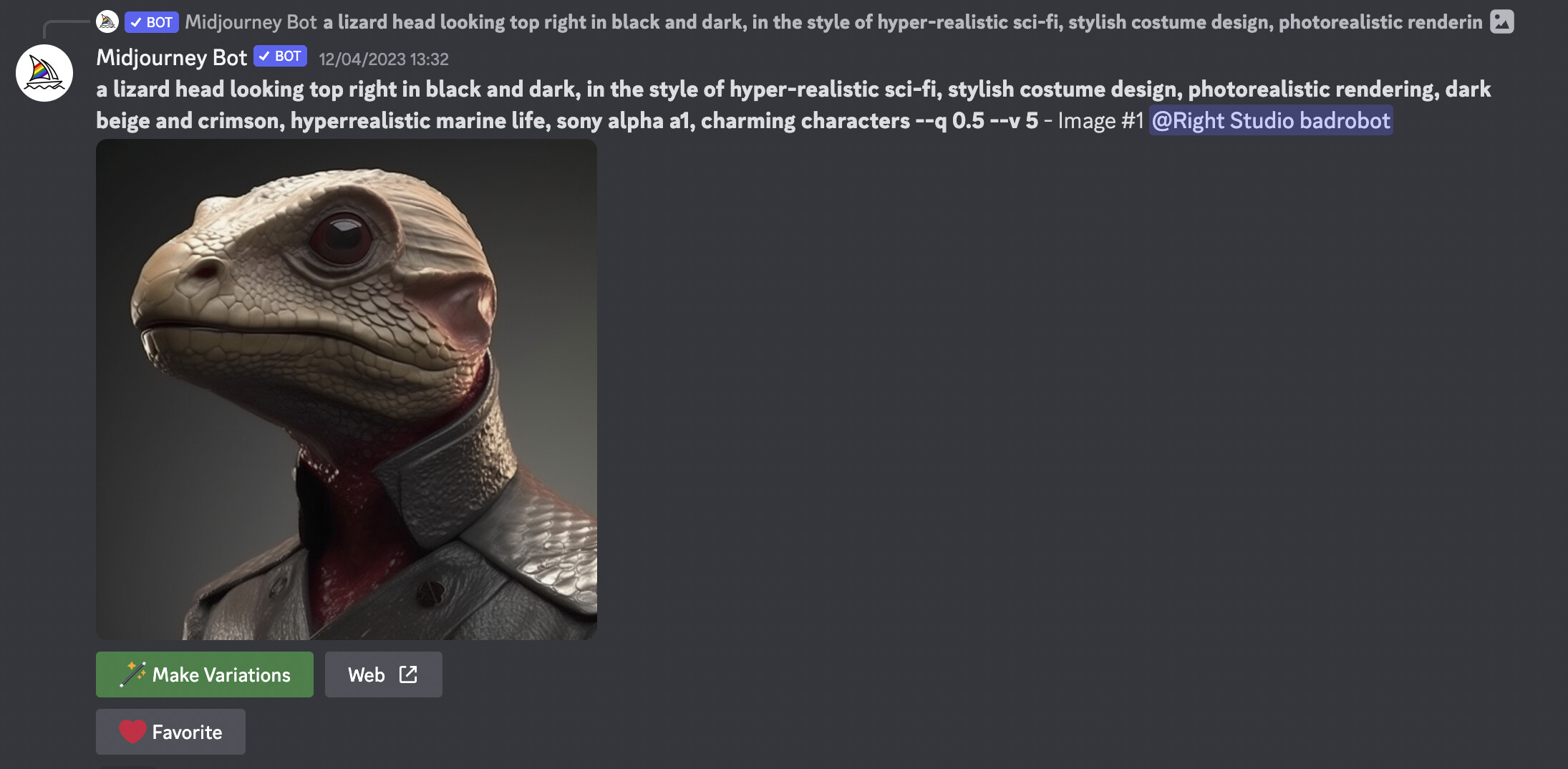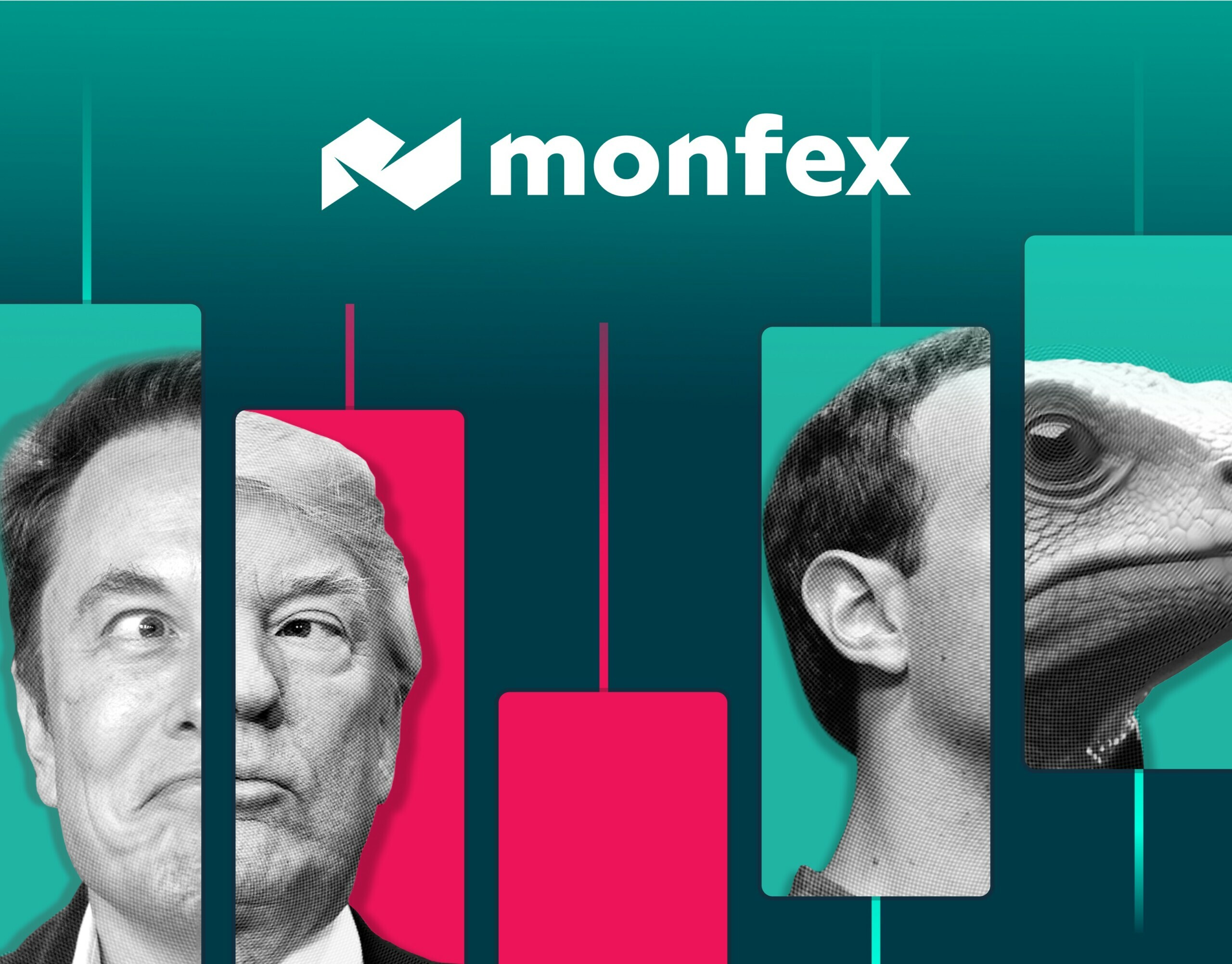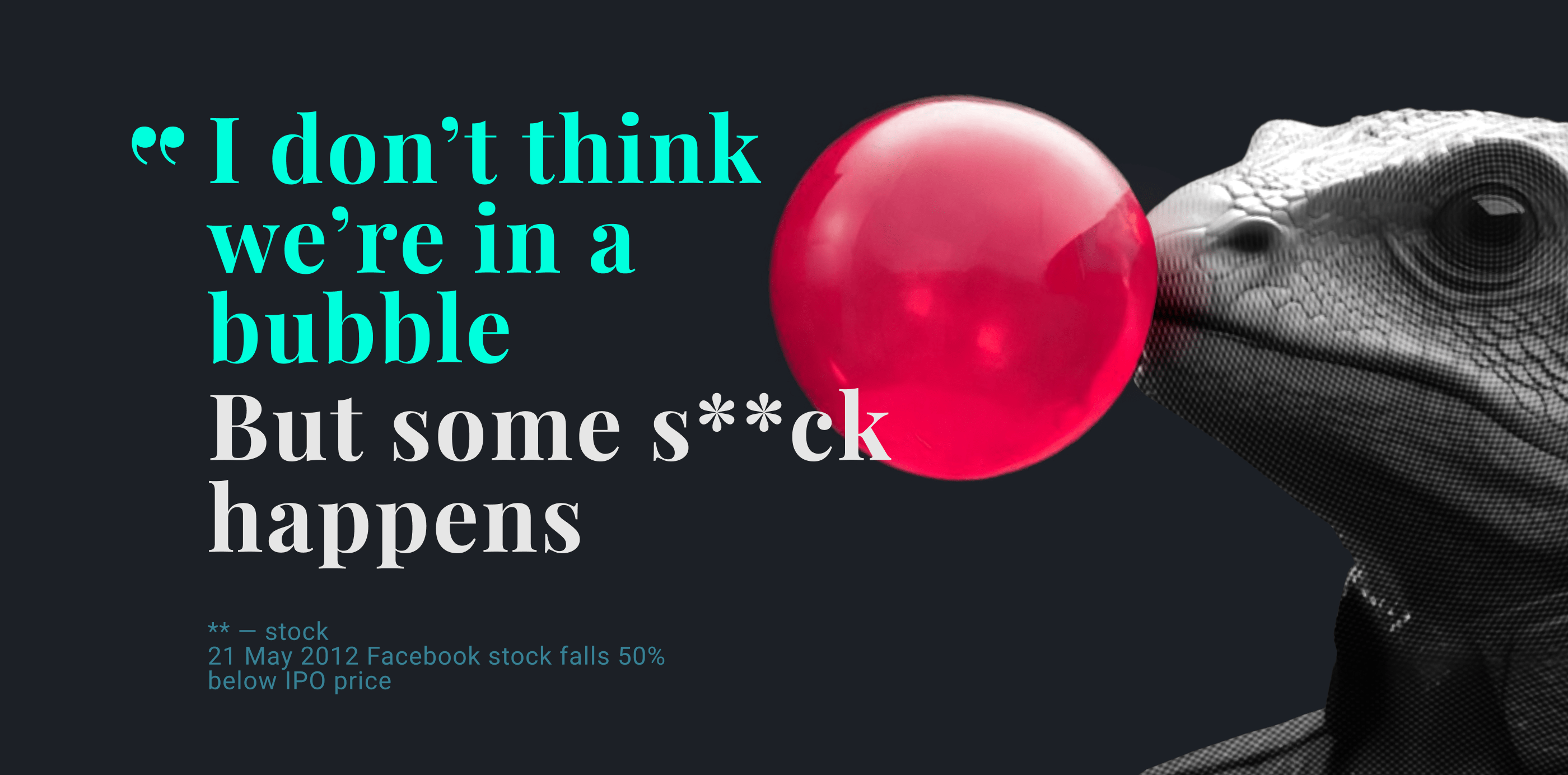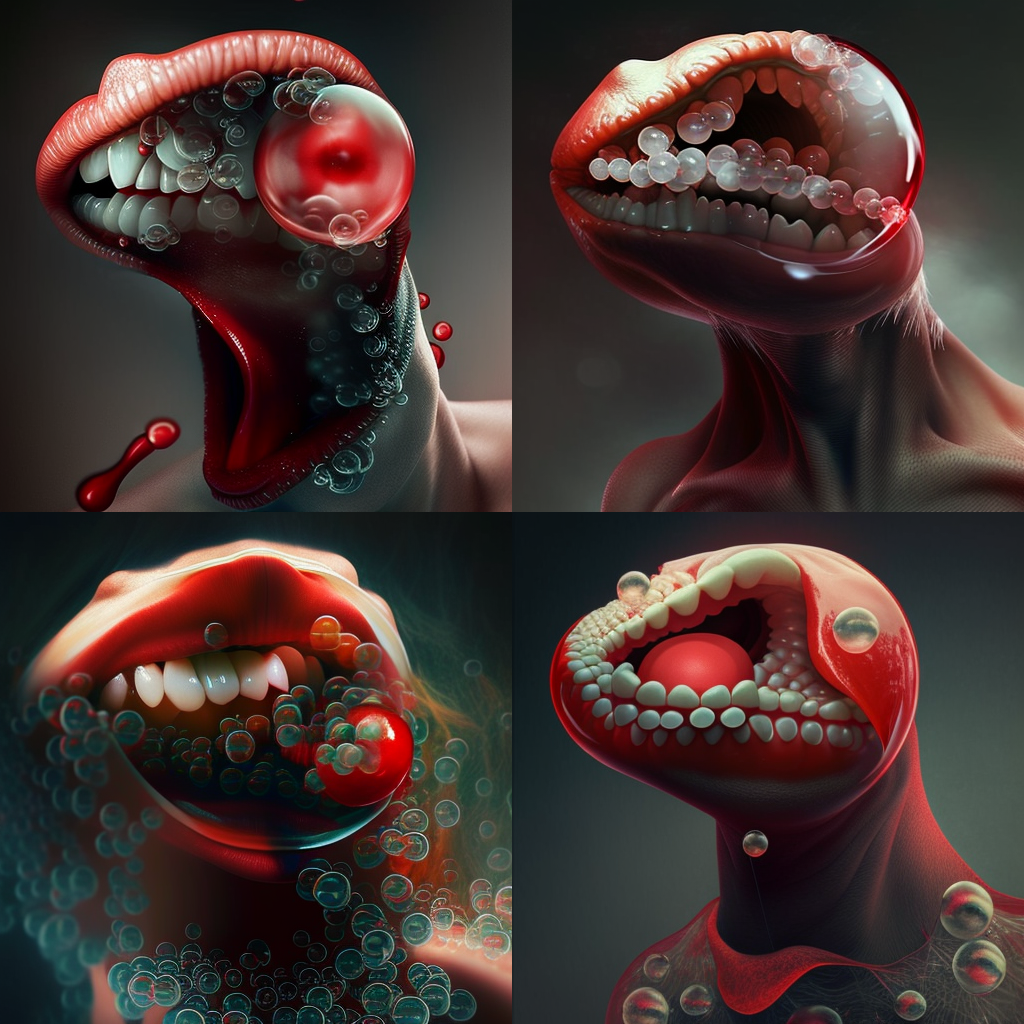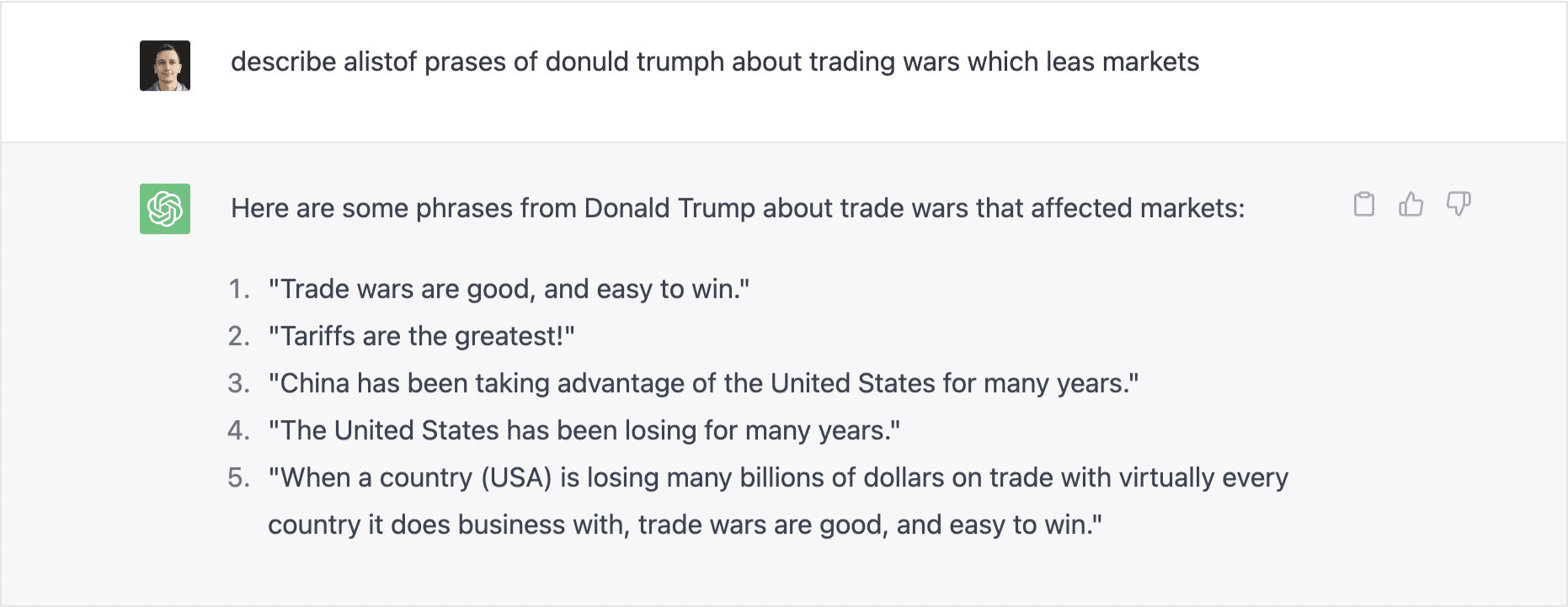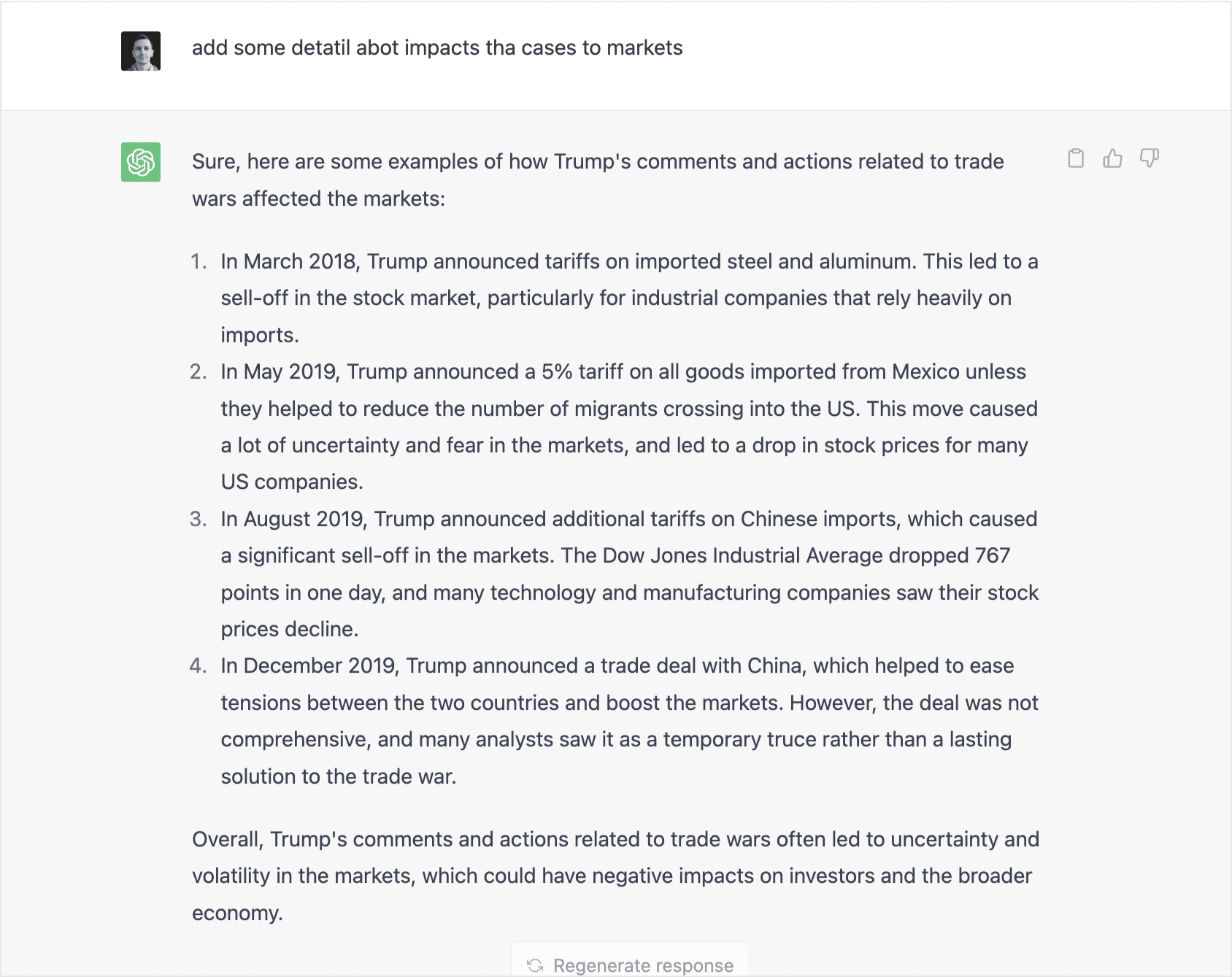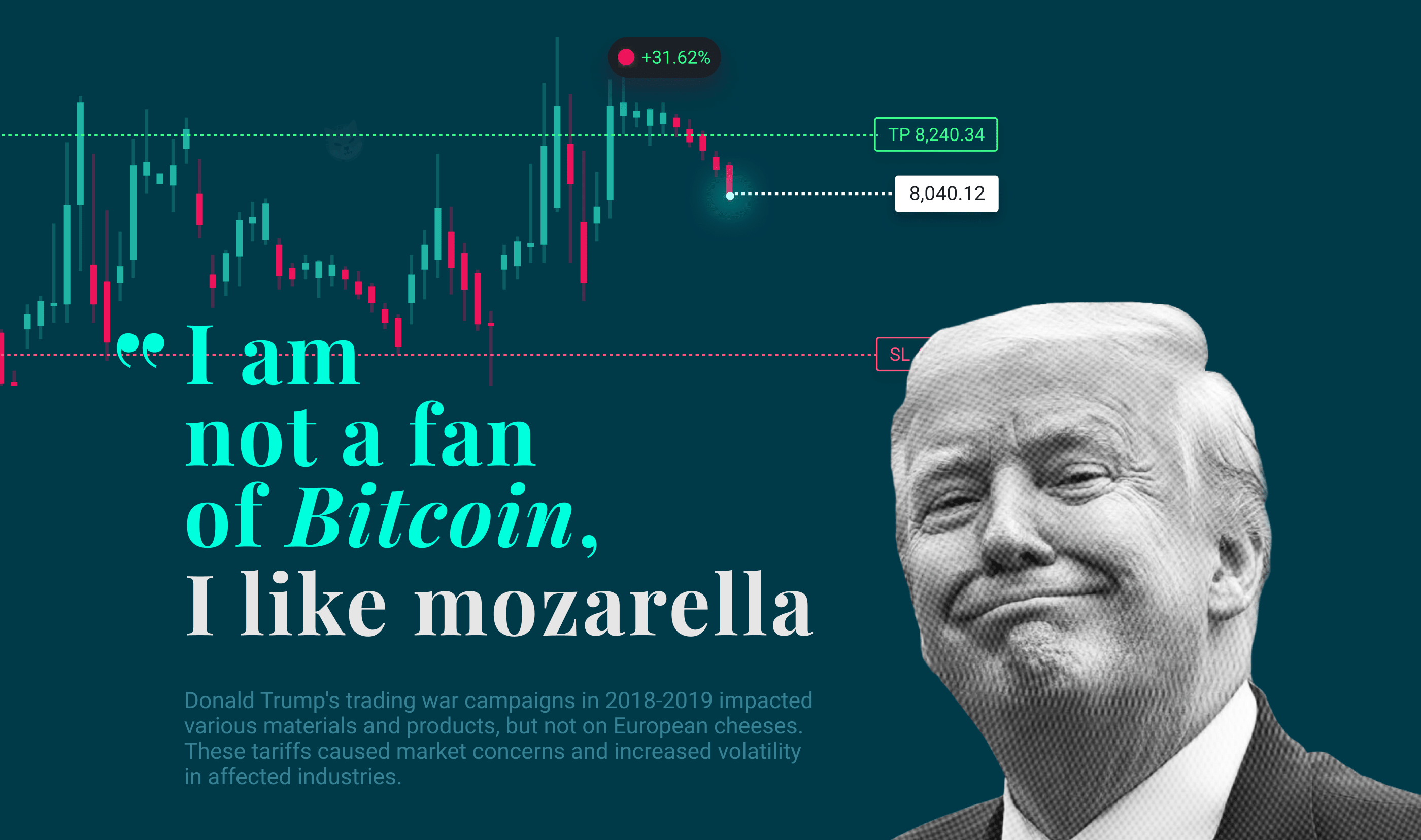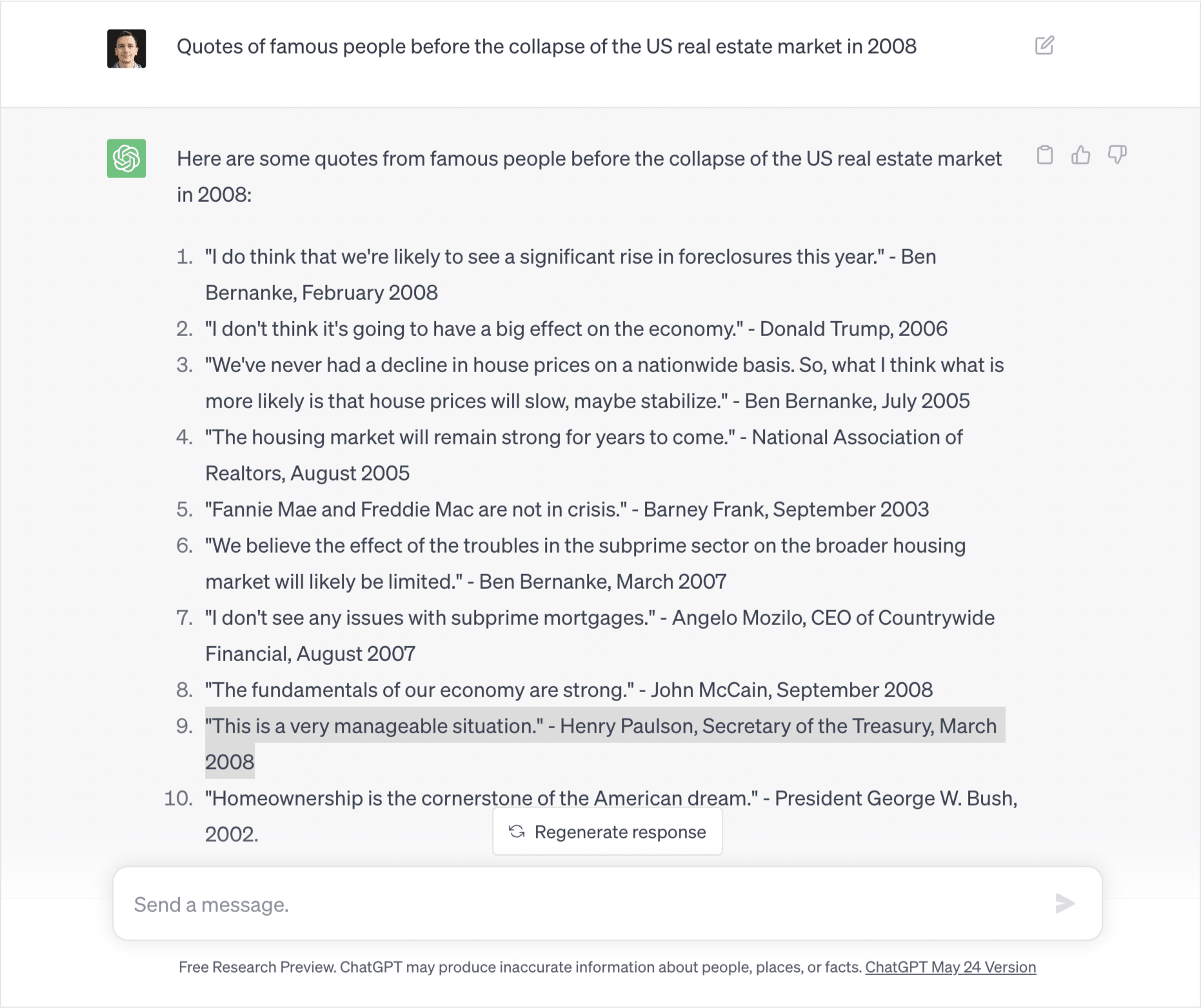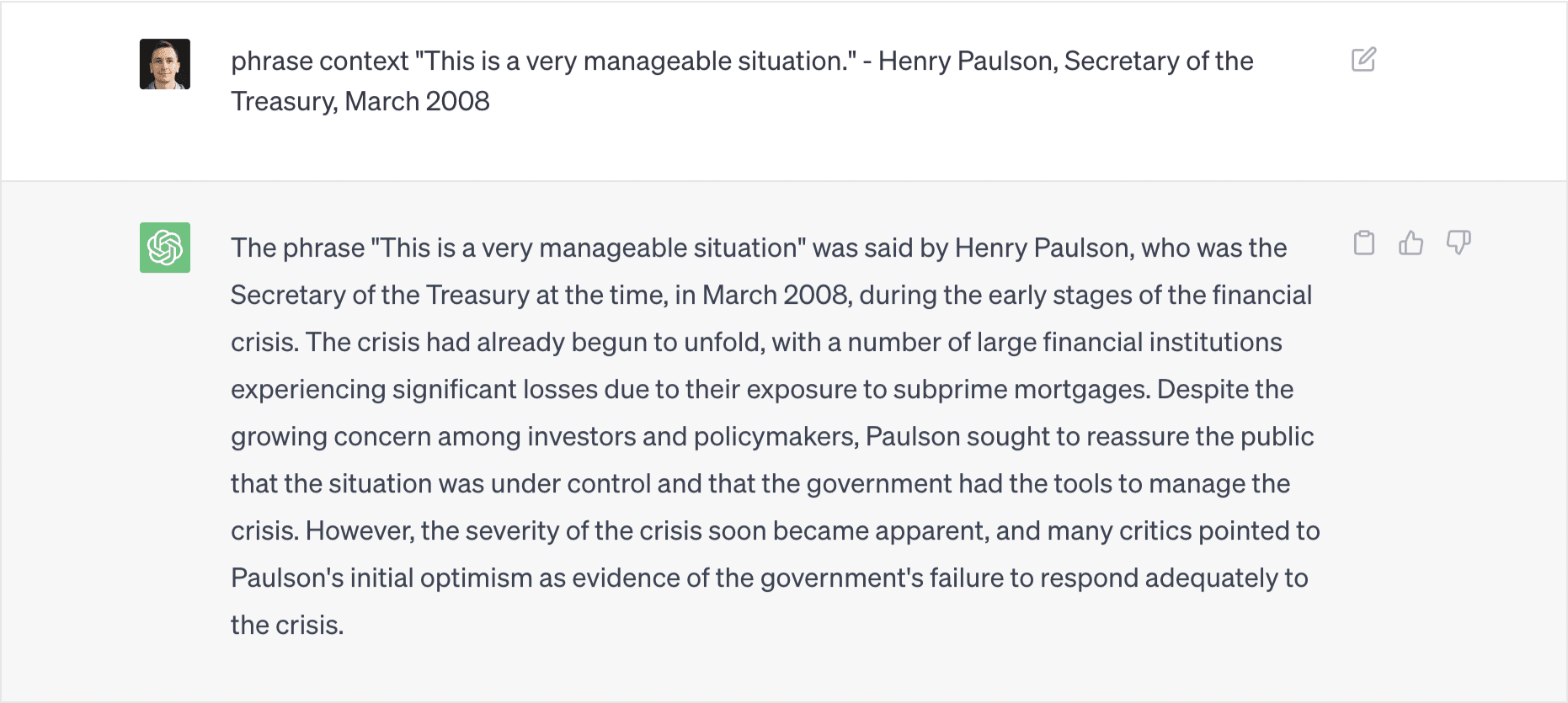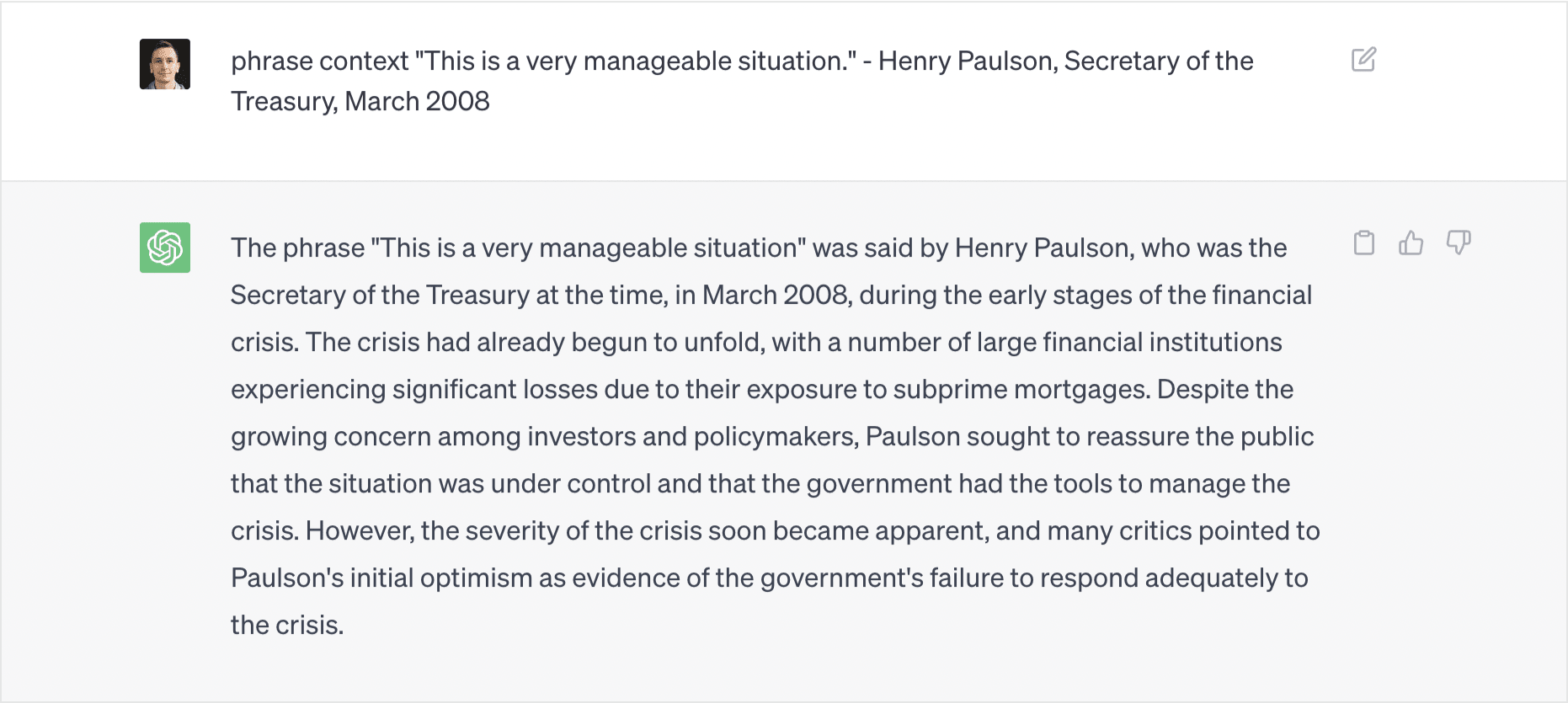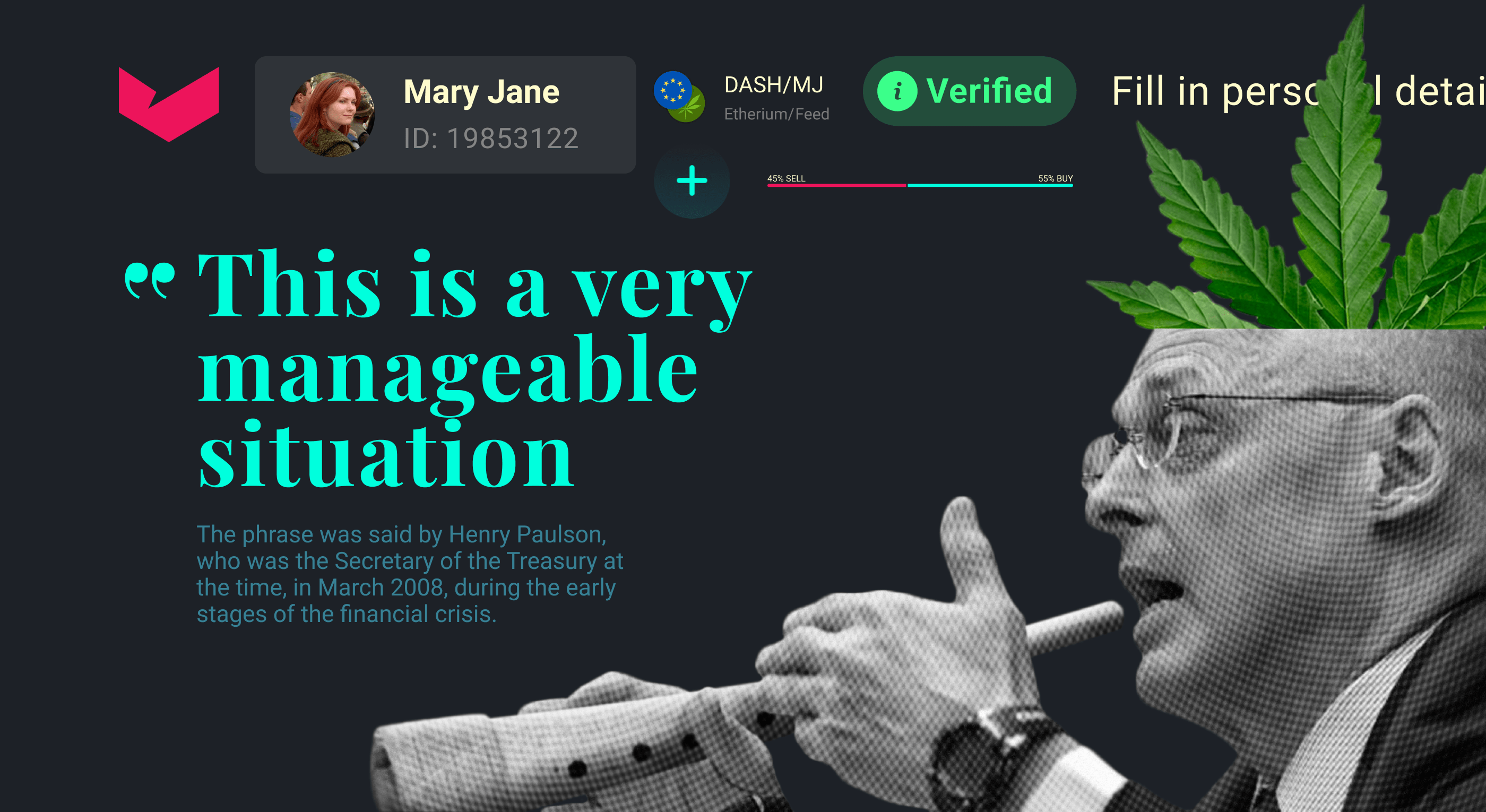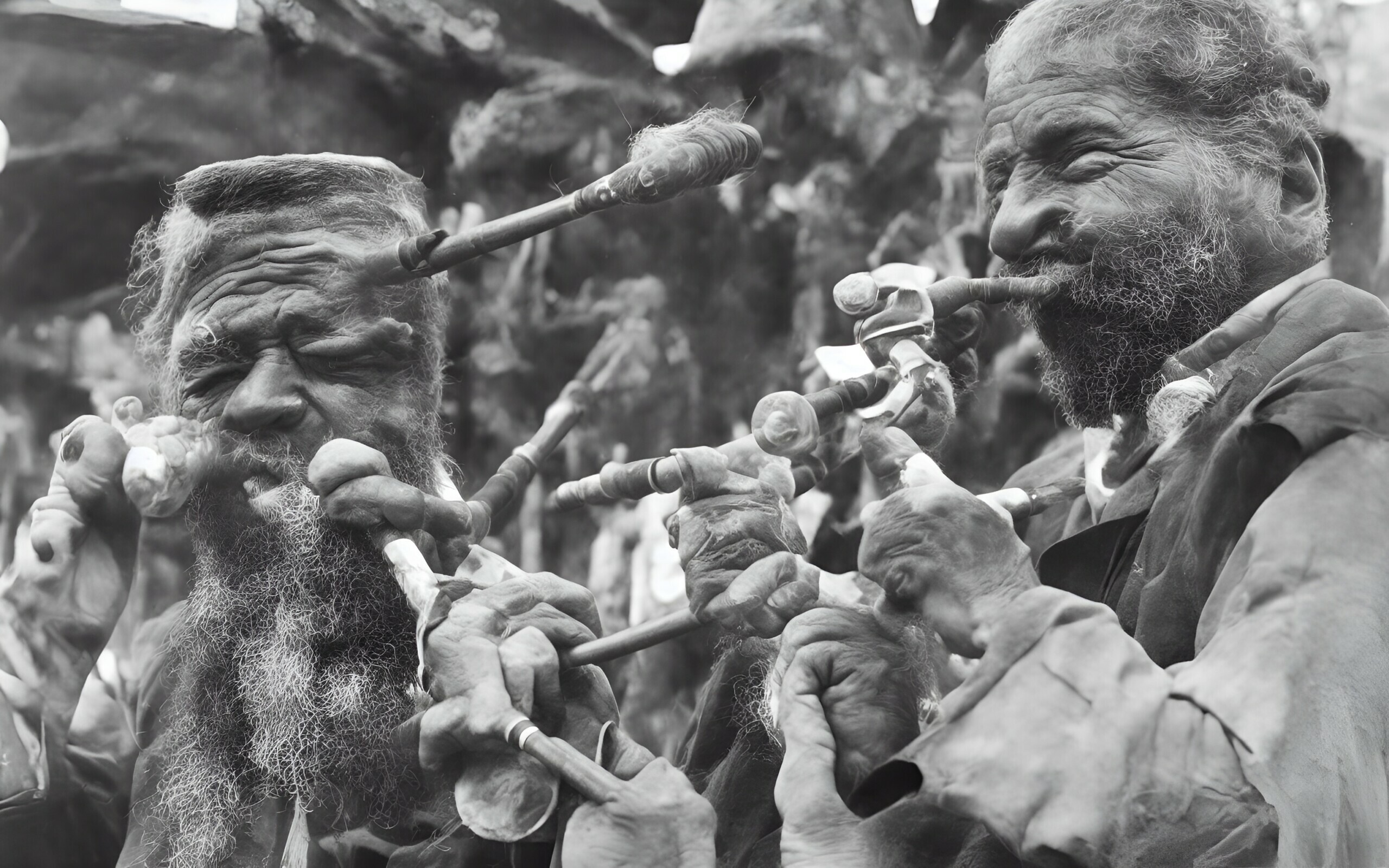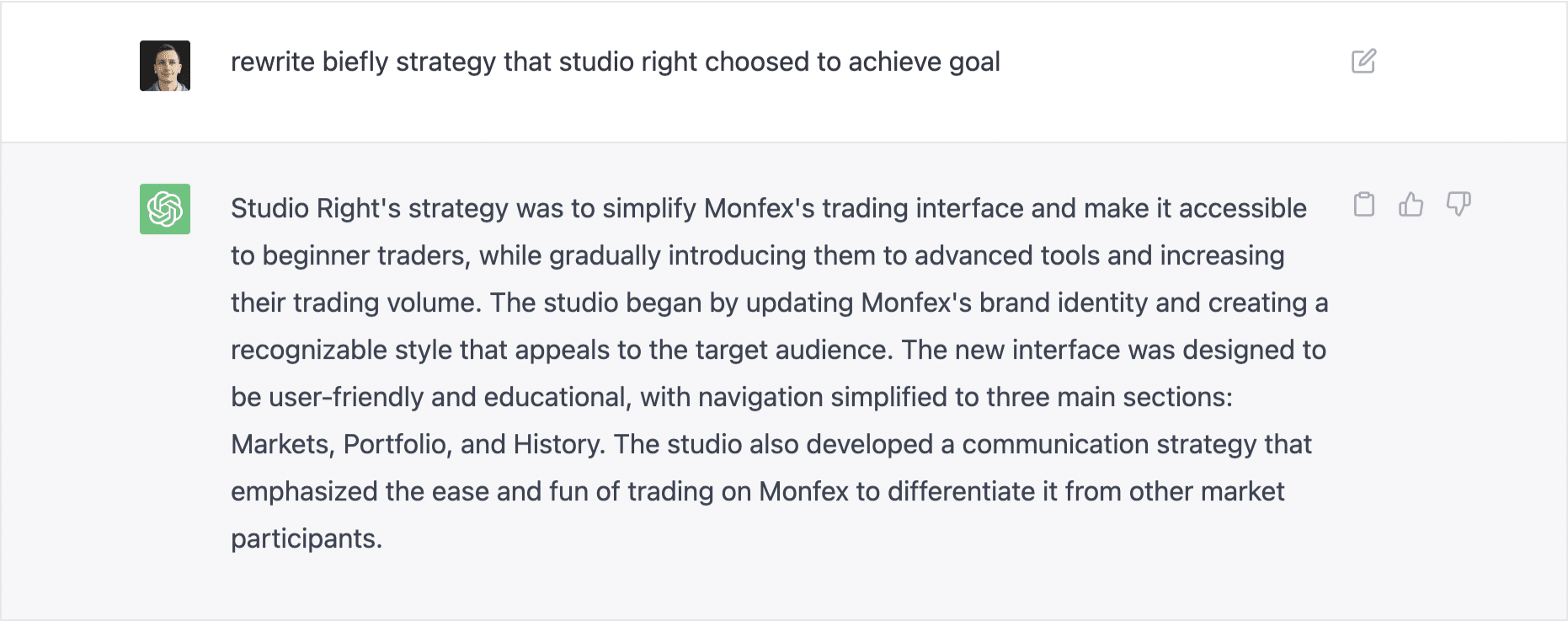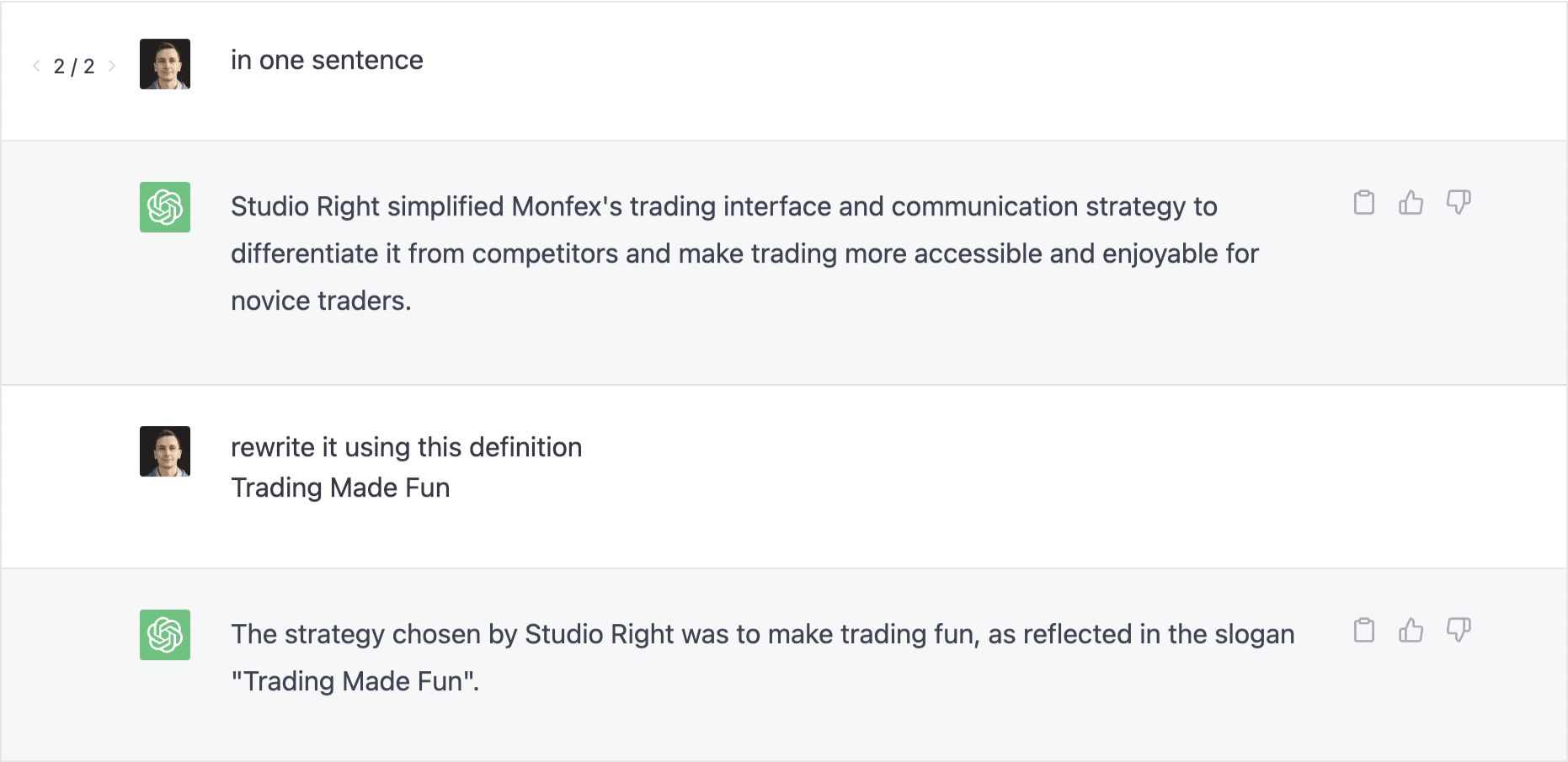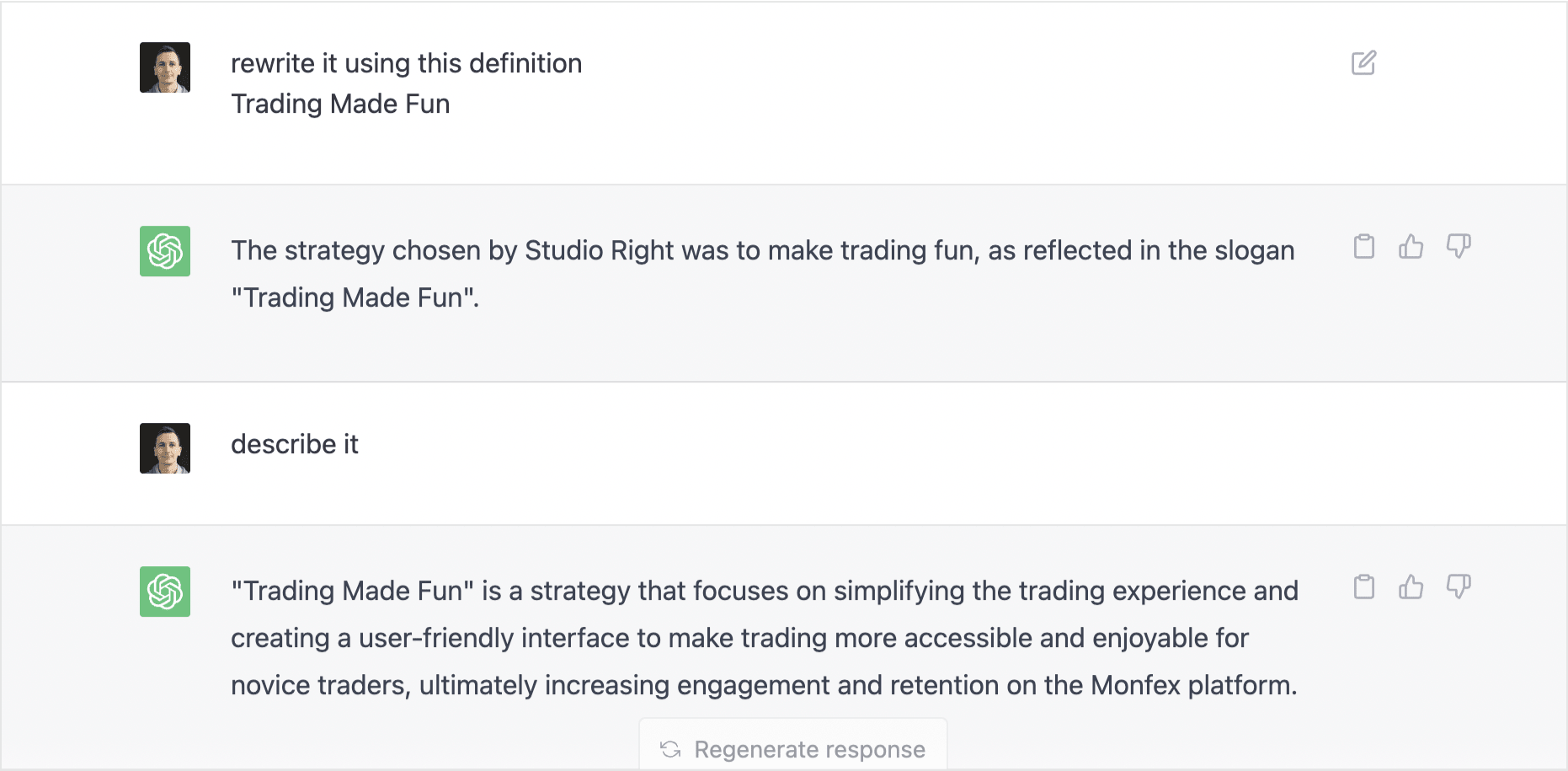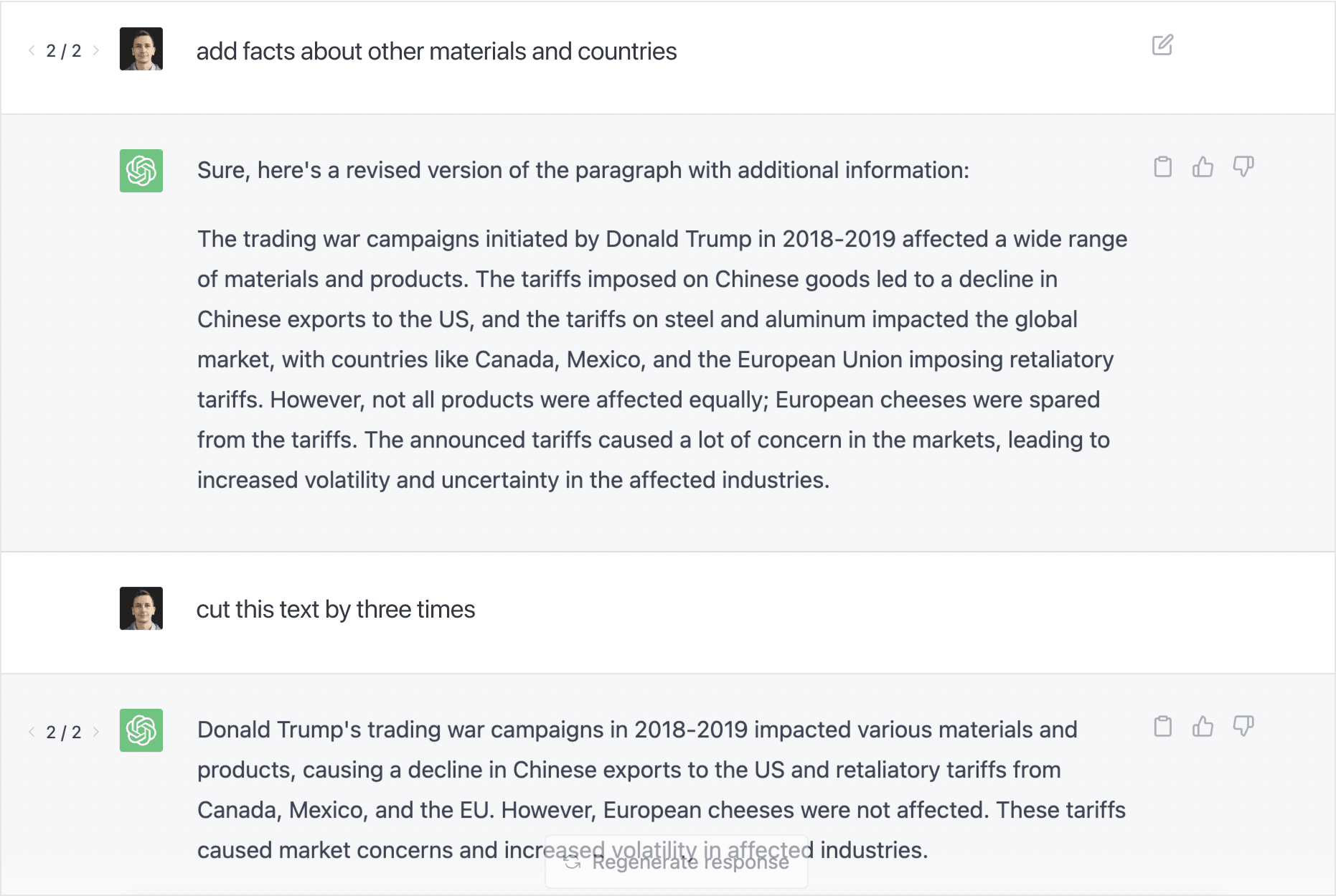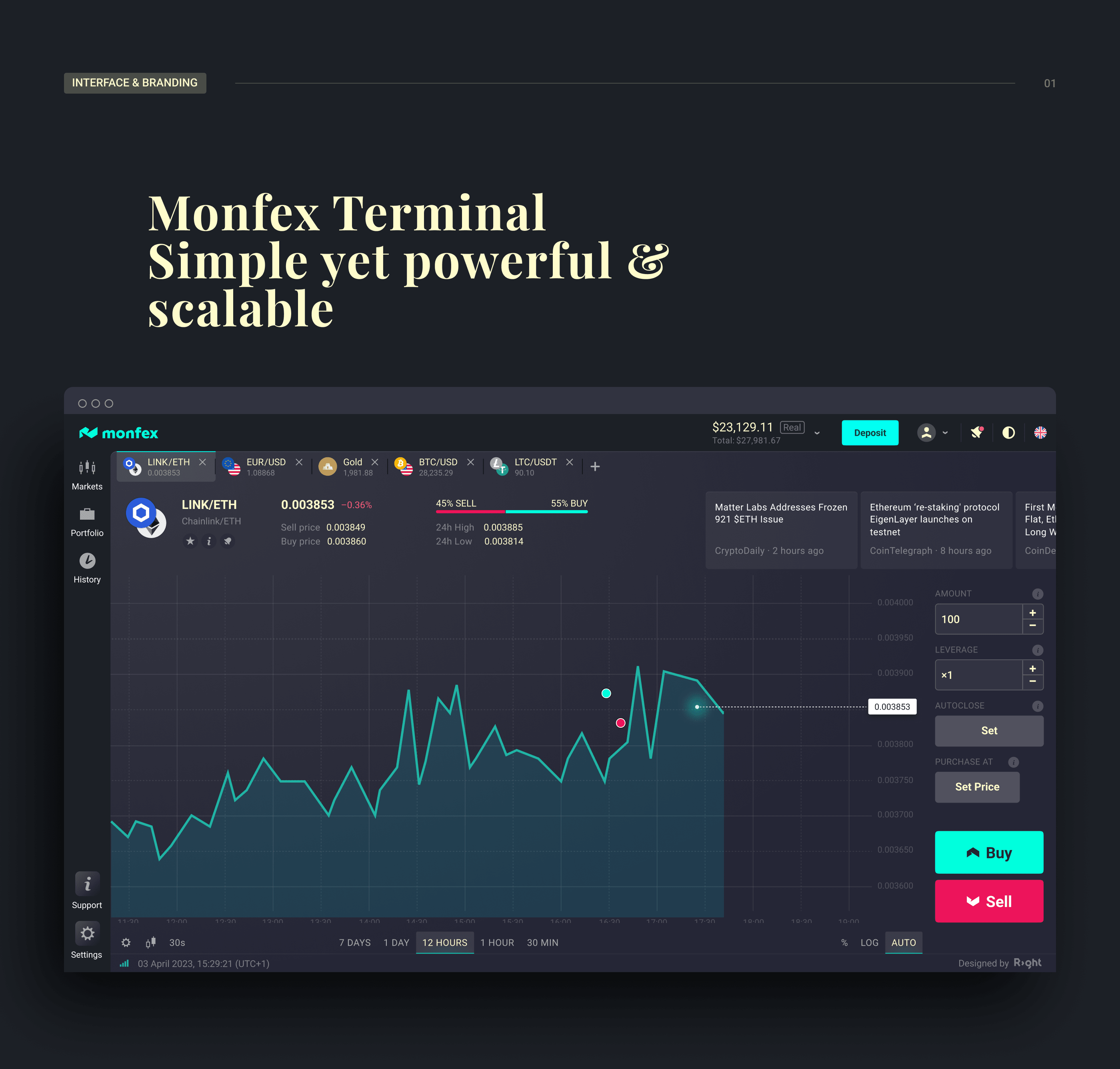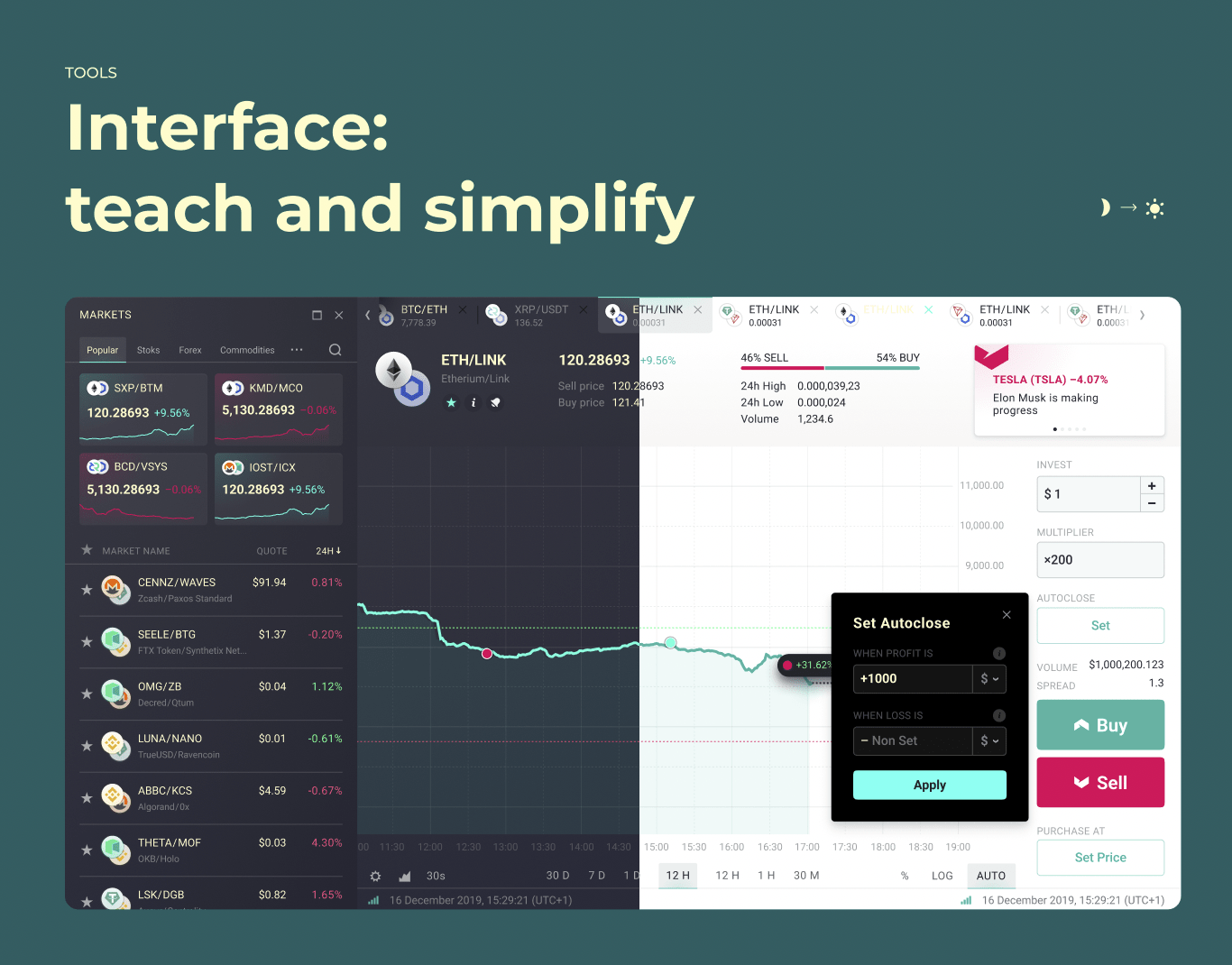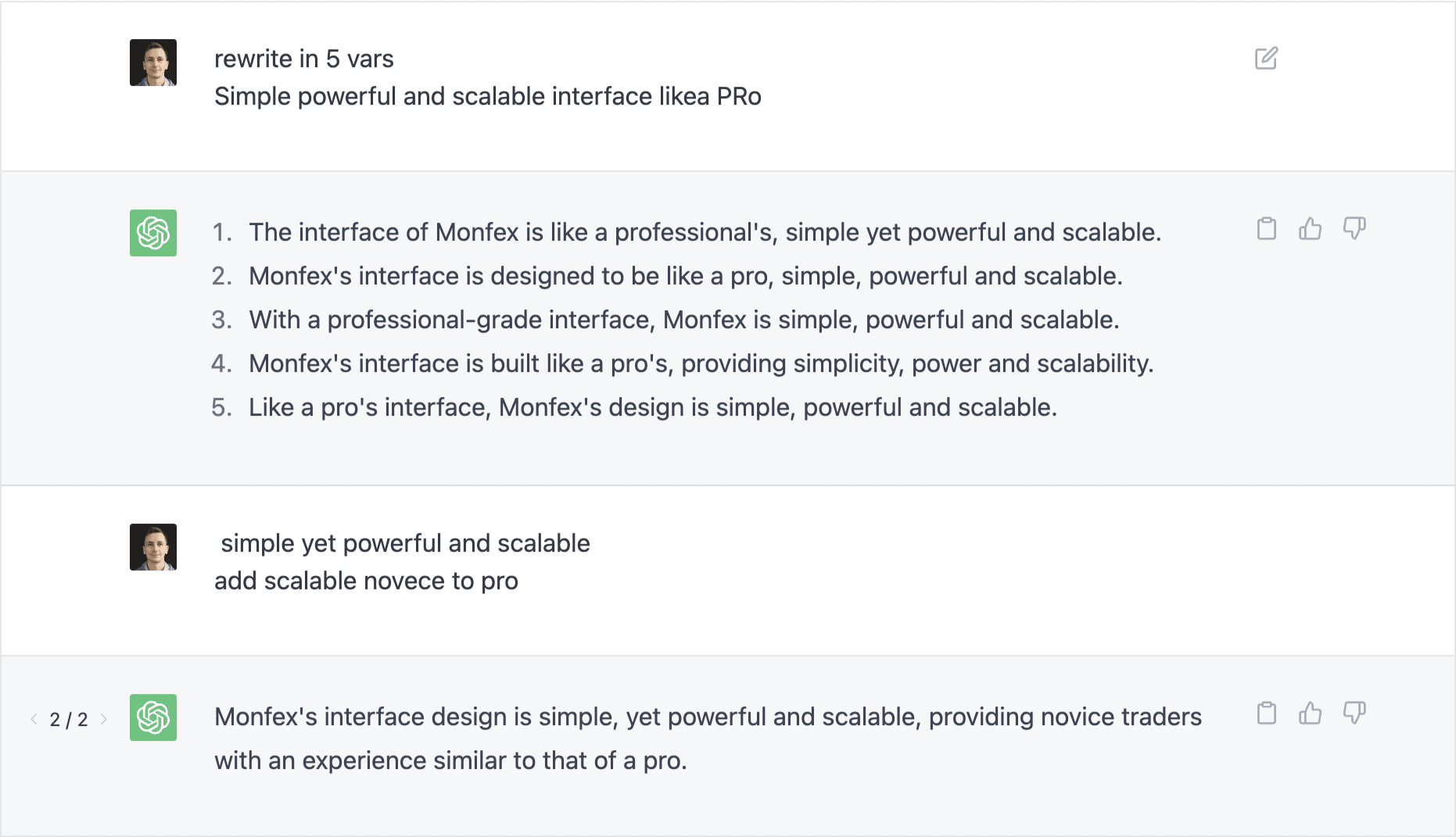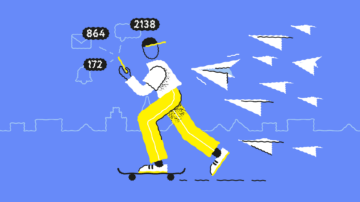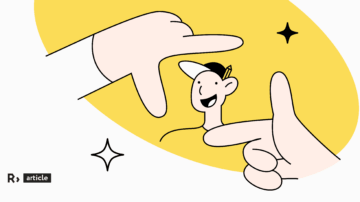How to manage neural networks and solve real issues, not just generate funny stuff
Based on the example of a case where we made the Monfex interface — an application for online trading.
A funny pic with a generated kitten is nice, but we aren’t funny pics designers. We’re communication designers, and we need to solve real issues that will help the brand grow. In the article, I explain to you how to manage neural networks so that you can not only glare at the generated stuff, but also use it for the benefit of the brand.
Perfect communication formula
We explain how we’ve solved customers’ problems in Right Studio cases. Not only conveying bare facts to the reader really matters, but also building visual and verbal communications as if the story is being told on behalf of the brand that we’ve created.
A funny pic is nice. A funny text is nice. But if they’re just settled carelessly, brand communication won’t work. It appears when the brand, text and visual are connected and interact with each other. Otherwise, no matter how huge we make the logo, it won’t help.
Perfect communication — the visual emphasizes the text, the text emphasizes the visual, and it’s all done according to the style of the brand.
Having considered all of the above, let’s create a case.
Trading made fun — brand and case communication strategy
Monfex is an online trading platform and application with credit leveraging. Its target audience is novice traders.
We’ve made the interface of the platform easy to use for novices and developed a communication strategy that shows that trading can be as easy as a pie and enjoyable. Trading has become possible not only for big guys in jackets from Wall Street who have heart problems because of stress. It can be stress-free and fun.
We’ve implemented a story into the case about the fact that everyone makes mistakes and it’s OK. Even established father-founders who influence the market with their tweets.
Tesla & Bitcoin pic.twitter.com/YSswJmVZhP
— Elon Musk (@elonmusk) May 12, 2021
Bitcoin is my safe word
— Elon Musk (@elonmusk) December 20, 2020
Our goal is to keep funny and even humorous communication with anti-success examples throughout the whole case and thus reveal the essence of the Monfex brand.
Make a case cover, not thinking about neural networks so far
Each case has Key Visual — a cover, a key visual image that conveys the essence of the case and the main idea of the brand to the reader, and also sets it apart from other projects.
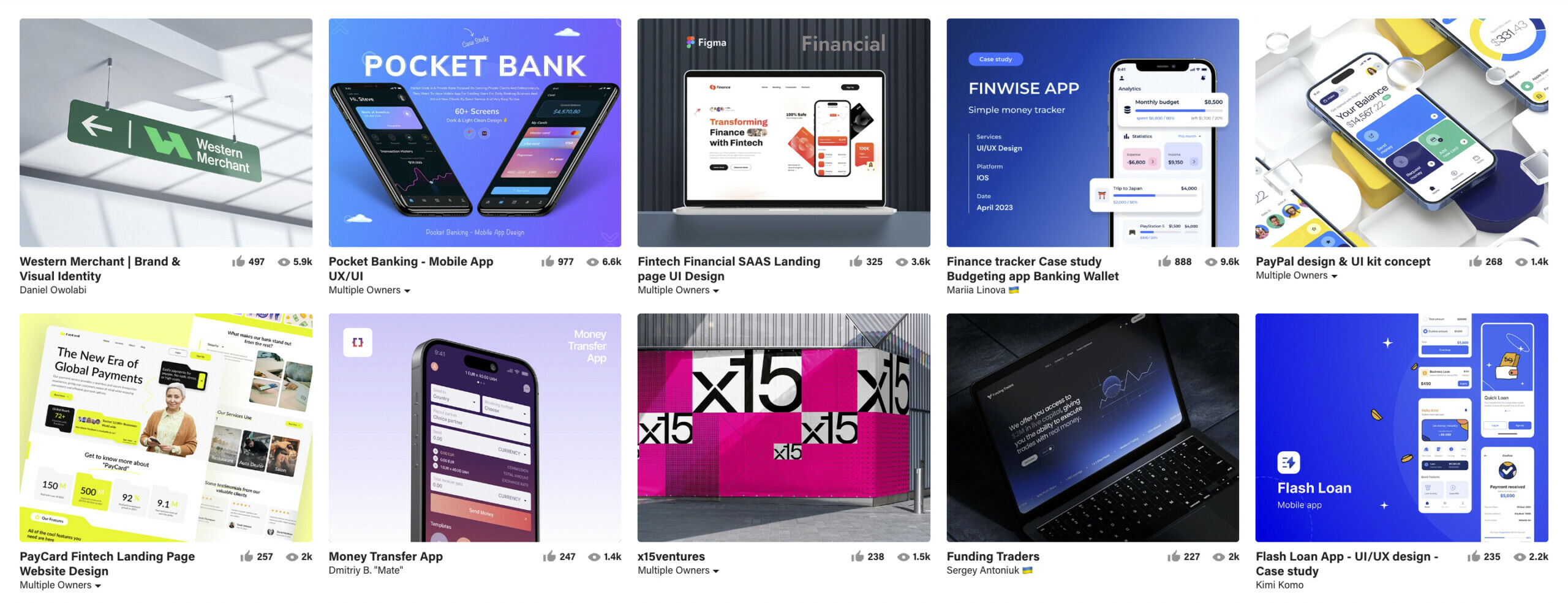
Our first Key Visual looked like this:
We’ve got a joke, we’ve got a logo, but there is no communication on behalf of the brand. Let’s search further. We collected something more fascinating a few hours later.
Now it’s better. Musk led to a rise. Trump led to a decrease. It’s already a story with a composition, and not just a fine picture. But the visual is still not finished.
We’re confused. Hmm, it’s one thing to come up with a funny picture with a story. Another thing is to create it. The designer needs to give more texture. Moreover, funny cases shouldn’t be about Jack and the Beanstalk, but about characters that belong to the market and which almost everybody knows.
Google isn’t an option. It takes a lot of time to sort out the wheat from the chaff here.
Collect facts with the help of GPT
GPT enters the chat, which has helped to get a structured response to an unofficial request.
I ask to provide quotes that caused a radical reaction of the market.
It’s already better, but please provide another approach.
We’ve found a goldsmith. Wow! It turns out that Zuckerberg failed. We do fact-checking and obtain the following.
So, we’ve simplified the search process with the help of GPT. But just placing Zuckerberg on the cover isn’t interesting. We recall some memes about the founder of Facebook and understand: we need a lizard!
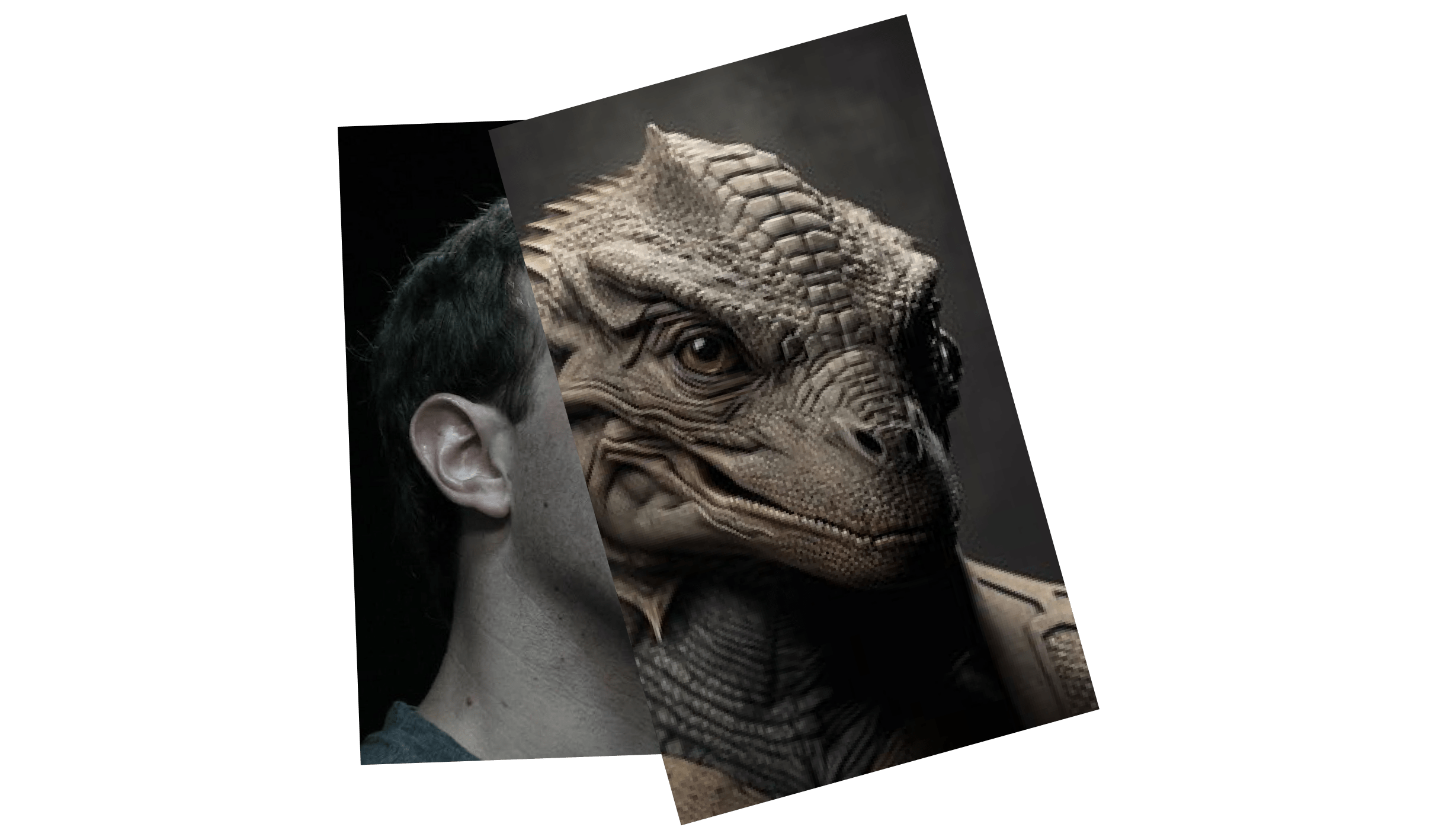
Generate Lizards in Midjourney
Being a completely lazy guy, I put the collage above into the neural network and asked to describe it. Hurray, it’s not even necessary to write a text.
We generate it. The lizard, which we will actually use, turned out to be cool on the first try.
All generations further prove that the first option is perfect.
If you demand from a neural network like ‘bring Zuckerberg to me’, it can’t do that. Other tools are needed here.
So, the first lizard is wonderful. I ask the neural network to make the lizard look to the right — and everything turns upside down. The task turned out to be excessive and it’s easier to mirror on your own.
A little retouched — and the KV is ready!
Work with the case body
We continue to tell stories of anti-success and add jokes into boring interfaces.
Zuckerberg and a bubble
The lizard is extremely beautiful (how many times have I repeated this yet?). It needs to be reused. We add it to the case body to enhance communication for those who haven’t understood yet.
‘I don’t think we’re in a bubble,’ Mark Zuckerberg said in 2012 before the IPO, and after going public, the company’s shares fell by 50%.
Moving on.
Let’s ask the neural network to make the lizard blow a bubble — the trailer for this fascinating story you can find below.
Trump and mozzarella
The content of this block was also searched using GPT.
We began with a story about the trade wars that Trump staged during his presidency: he rechecked trade relations with countries and imposed huge tariffs on goods imports.
We ask what impact this has had on the market.
What did Trump say about bitcoin?
The trade disputes that Trump has begun have affected a variety of goods, including Canadian aluminum, but European cheeses didn’t fall under the duty for some time.
We’ve combined the fact with his famous phrase ‘I’m not a fan of Bitcoin’ and voila.
Henry Paulson and a flute
The final story in our case. We’ve also found it in the GPT chest.
We start our conversation with a question: what did important people say before the collapse of the US real estate market in 2008?
Yeah. ‘This is a very manageable situation.’ We request the context of this quote by Henry Paulson, former US Secretary of the Treasury.
Suits, let’s do it.
‘This is a very manageable’ — it sounds like we need it in the context of interfaces with a bunch of settings.
When we generated Paulson with a flute, we learned that no one needs flute players.
Edit with GPT
Neural network GPT turned out to be a good editor. We shorten and rewrite the text in the desired key and accents with its help.
Formulate a communication strategy and think up slogans
‘Write me a slogan’ — it isn’t the way the problem can be solved. To generate it, you need to look at how GPT synthesizes and shortens it all, and then find the very key phrases that we will bring into the slogan construction.
GPT offers ‘Trading made fun’.
Shorten
Fine-tune text
I understand that the title ‘Interface: teach and simplify’ isn’t good. I ask GPT to strengthen headline with information about the benefits.
Again. You can’t say to GPT ‘hey, write me a headline about the interface and make it stronger’ — the neural network can’t cope with this, so I’m giving it a hint. It generates, and I choose a variant that suits me.
Instead of conclusions
— Neural network, go ahead and make it beautiful for me.
— 🖕
Alas, it won’t. The holder of meaning is still a person, and the neural network cannot perform the functions of a creative director so far. But on the other hand, it perfectly helps to level up the mind, focus attention on important details, suggest where to look and save time this way.



